Blog Details
The Best of High-End Quartz
February 21, 2023
The quality of mechanical, with the best accuracy quartz has to offer.
Among watch enthusiasts, quartz movements are often frowned upon. Much of a watch’s enduring appeal comes from the timelessness of mechanical timekeeping; a tradition dating back as early as the 1600s. When Seiko first introduced a quartz-powered watch in 1969, the Japanese brand packaged it as a luxury product. Indeed, the technology promised far greater precision than any other mechanical watch could deliver. Additionally, batteries offered superior energy storage than traditional mainsprings. As with most new technology, at a certain point, quartz became easier and cheaper to produce. Due to its obvious superiority and modern appeal, the revolutionary technology took the watch industry by storm in the 1970s. The technology was so popular, in fact, that it seemed it would wipe out traditional mechanical watchmaking for good. The old guard of the Swiss watch industry scrambled for a solution.
Audemars Piguet's introduction of the now-famed Royal Oak in 1972 was a direct response to what is now known as the “Quartz Crisis”. The uncharacteristically large, full-steel, brazenly octagonal sports watch was unheard of for AP, a brand primarily known for its classic dress timepieces. The Royal Oak was responsible for a massive shift in the perception of mechanical watches; traditional timepieces became desirable symbols of wealth. Of course, even before the quartz crisis, watches from prestigious brands carried a certain cachet. However, the Royal Oak's blatant over-pricing and ostentatious design that was intended to be seen from across the room was novel. It was a watch that nobody needed, requiring greater effort to produce than quartz, while offering worse specifications for the money. This, however, only added to its appeal. Gradually, mechanical watches became more representative of wealth, earning consistently higher prices than any quartz watch, while quartz watches grew to be seen as cheap and accessible despite their superior precision.
But what exactly is responsible for that superior precision? And is there such a thing as luxury quartz?
To address these pressing questions, we must begin with how a quartz watch works. A quartz watch relies on the piezoelectric effect to operate. That is, when mechanical stress is applied to a piezoelectric material like quartz, that material will generate an electric charge. In a quartz watch, the reverse of this effect occurs. When a battery sends an electric current to a crystal in the shape of a tuning fork, the crystal vibrates back and forth. Most quartz crystals used for timekeeping vibrate at a frequency of 32,768 hertz. Every second, an integrated circuit counts these vibrations and sends a signal to the step motor to rotate the hands.
This high frequency is behind the superior precision and lower price of a quartz watch. A typical modern mechanical watch has a frequency of four hertz and requires the precise manufacture of often 100 plus components for a movement to properly keep time. On the other hand, when the frequency is roughly 32,000 hertz higher and fewer precise mechanical components that must be carefully assembled are required, manufacturing is much easier. While the most expensive mechanical movements on the market can keep time with a few seconds deviations per day, most quartz movements can keep time with that same deviation per month, or even per year. Mass-produced, accurate quartz movements can be bought for a few dollars.
The simplicity of traditional quartz technology leaves the door open to considerable improvements. One of the biggest improvements to quartz timekeeping is thermo-compensation. Simply put, temperature affects precision. If a movement can measure the temperature and adjust timekeeping according to the predictable deviation caused by that temperature, then that movement will keep time more precise. When the tight tolerances used in the manufacture of mechanical calibers are brought to quartz, timekeeping can also improve. Additionally, complications normally found in only high-horology timepieces like perpetual calendars are much cheaper to implement in quartz movements.
Finally, the appearance of a movement is widely considered an important part of a watch's quality. Unfortunately, quartz movements have batteries and electronic components which may look inherently cheap. Consequently, they're neglected by most manufacturers, hidden beneath case backs, only to be seen every few years by a watchmaker in your local mini mall when the battery needs changing. But this tragic tale need not be. When traditional finishing techniques are applied to quartz movements, they can look beautiful. The additions of striping (Côtes de Genève), circular brushing (perlage), beveling (anglage), and thoughtful engraving can turn a cheap-looking movement into an appealing luxury good.
The combination of some or all of these features is what makes a quartz movement "high-end." As we will see, the accuracy of these high-end quartz movements is nothing short of mind-boggling.
Now that we've established what high-end quartz is, let's take a look at some modern offerings.
Grand Seiko 9F Calibers
In its 9F movement series, Grand Seiko takes the term "in-house" to the extreme. Even the quartz crystals are grown in Grand Seiko facilities. Each caliber is assembled by hand and duly finished with polishing, beveling, and striping. In addition to this attention to detail, 9F calibers are packed with innovative technical features that justify their price. According to Grand Seiko, the company was the first to incorporate an instant date change mechanism in a quartz movement. This mechanism is set by hand to  ensure the date changes within five minutes of midnight. The size of Grand Seiko hands necessitates greater torque to move them. Instead of compromising design by minimizing hand size, Grand Seiko devised an ingenious solution. The Twin Pulse Control Motor, in which two consecutive pulses are sent out to the seconds hand, allows the 9F calibers to produce similar torque to a mechanical movement. The Backlash Auto-Adjust Mechanism fixes a problem any owner of a quartz watch is bound to encounter: the misalignment of the seconds hand on a marker. The mechanism makes micro-adjustments to ensure the second-hand lands on markers. Often, temperature compensation in quartz watches drastically reduces battery life due to the energy it requires. Grand Seiko devised a compensation system that uses minimal power, allowing a typical 9F caliber to maintain a battery life of roughly three years while still making 540 adjustments a day. Each quartz crystal is aged for three months to ensure its stability. To top it off, the movement can also be adjusted by hand with a regulation switch. That’s right, 9F calibers are serviceable; they won’t just be thrown out when they stop working properly like most quartz movements. These features yield an impressive precision of plus or minus 10 seconds' deviation per year.
ensure the date changes within five minutes of midnight. The size of Grand Seiko hands necessitates greater torque to move them. Instead of compromising design by minimizing hand size, Grand Seiko devised an ingenious solution. The Twin Pulse Control Motor, in which two consecutive pulses are sent out to the seconds hand, allows the 9F calibers to produce similar torque to a mechanical movement. The Backlash Auto-Adjust Mechanism fixes a problem any owner of a quartz watch is bound to encounter: the misalignment of the seconds hand on a marker. The mechanism makes micro-adjustments to ensure the second-hand lands on markers. Often, temperature compensation in quartz watches drastically reduces battery life due to the energy it requires. Grand Seiko devised a compensation system that uses minimal power, allowing a typical 9F caliber to maintain a battery life of roughly three years while still making 540 adjustments a day. Each quartz crystal is aged for three months to ensure its stability. To top it off, the movement can also be adjusted by hand with a regulation switch. That’s right, 9F calibers are serviceable; they won’t just be thrown out when they stop working properly like most quartz movements. These features yield an impressive precision of plus or minus 10 seconds' deviation per year.
F.P. Journe Caliber 1210
The electromechanical Caliber 1210 was the result of eight years of development and can be found exclusively within F.P. Journe's Élégante Collection. The movement can detect when it is in motion, displayed at 4:30 on the dial. After remaining motionless for over 35 minutes, the watch will go into 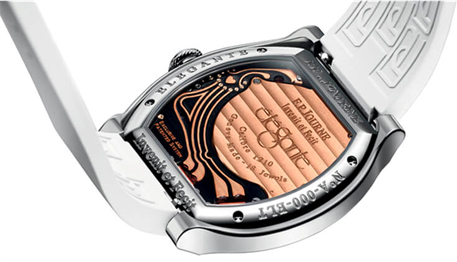 "standby" mode in which the hands will stop to conserve energy. The microprocessor within the movement will continue to keep time so that upon restart, the timepiece will automatically set the hands to the correct position. While most quartz watches have a battery life of a few years, the Caliber 1210 can last for eight to ten years with daily use and an astounding eighteen years in standby mode. Like F.P. Journe's other calibers, the movement is made in delightful rose gold. The finishing does not disappoint; each screw is polished and beveled and the battery bridge is engraved and finished with Côtes de Genève.
"standby" mode in which the hands will stop to conserve energy. The microprocessor within the movement will continue to keep time so that upon restart, the timepiece will automatically set the hands to the correct position. While most quartz watches have a battery life of a few years, the Caliber 1210 can last for eight to ten years with daily use and an astounding eighteen years in standby mode. Like F.P. Journe's other calibers, the movement is made in delightful rose gold. The finishing does not disappoint; each screw is polished and beveled and the battery bridge is engraved and finished with Côtes de Genève.
Patek Philippe E15 and E23-250 Calibers
Patek Philippe has a long history of producing electric watches, picking up the practice early. In 1948, Patek established an electronic division, and by 1952 the brand had introduced its first quartz-powered clock. In the quartz crisis of the '70s and '80s, Patek Philippe used the Swiss Beta 21 movement to meet the growing demand for quartz watches. Today, quartz offers a relatively affordable entry point to the high horology brand. But that's not to say Patek cheaps out. The components of the brand's quartz calibers are manufactured to the same quality standards as those used in mechanical movements. Perhaps the best-looking movements on this list, all of Patek's modern quartz calibers are adorned with Côtes de Genève, anglage, perlage, polishing, and engraving. Movements in current products include the E15 (used in the Twenty~4), E23-250 S C (mostly used in Ladies Nautilus models), and the E23-250 S FUS 24H (found in a diamond-set Aquanaut Travel Time).
Longines V.H.P. (Very High Precision)

A mid-range luxury brand, Longines is known for offering bang for your buck. In the field of high-end quartz, the company is no different, providing much of the same functionality as other movements on this list for a fraction of the price. Longines V.H.P. calibers like the L288.2 address several flaws of conventional quartz movements. Where ordinarily a watch owner would have to reset the date at the close of months of less than 31 days, the L288.2 has a perpetual calendar which accounts for differences in month length. While most quartz watches give no explicit indication of battery life, the L288.2 will enter an end-of-life mode in which the second-hand moves forward in five-second jumps. To combat magnetism, the L288.2 stops itself and resets the hands when a magnetic field is detected. To prevent damage from heavy impacts, the caliber stops upon detecting a shock and resets the hands to the position before the shock. Most movements waste energy as they continue to move their hands even when not used for extended periods of time. The crown of the L288.2 can be pulled out to activate an energy-saving mode in which the hands don't move but will switch to the current time and date when the crown is pushed into normal mode. Even more useful is the secondhand jumping to twelve when the time is being set. Finally, and most importantly, V.H.P. calibers are extremely precise, deviating a mere plus or minus five seconds per year. The L288.2 (time and date only) and L289.2 (chronograph) can be found in the Conquest Collection.
Write a Comment
Recent Posts
5 Brand Revivals to Watch
September 26, 2024
Will Audemars Piguet Continue to Grow under New Leadership?
September 6, 2024
The 5 Best High-End German Watch Brands
July 30, 2024
A Guide to Seikos New Releases
July 1, 2024
The Battle to Make the Thinnest Watch
June 27, 2024
The Limited-Edition Zenith Defy Zero G Sapphire
June 27, 2024
Watch Industry Trends in 2024
June 3, 2024
The Best Attainable High Complications
June 3, 2024
The Best Sector Dial Watches at Every Price
May 24, 2024
How To Choose a Watch
May 24, 2024
A Guide to TAG Heuers Latest Glassbox Chronographs
May 24, 2024
A Guide to Rolexs Releases from Watches and Wonders 2024
April 16, 2024
The Best Releases of 2024 So Far
April 9, 2024
Blancpain Finally Releases the Fifty Fathoms in 42mm
April 9, 2024
The Omega X Swatch Snoopy MoonSwatch
April 3, 2024
H. Moser & Cie Pioneer Tourbillon Midnight Blue
March 28, 2024
The Best Luxury Alternatives to the Royal Oak and Nautilus
March 22, 2024
The Best Affordable Integrated-Bracelet Sports Watches
March 20, 2024
A Brief Introduction to Microbrands
March 20, 2024
Omega Launches a White-Dial Speedmaster
March 20, 2024
How Do Affordable Watches Generate Hype?
March 15, 2024
The New Piaget Polo 79
March 15, 2024
Unique Complications You Might Not Know
December 8, 2023
The F.P. Journe Octa Divine
December 8, 2023
A Guide to Leather Watch Straps
September 22, 2023
The Biggest Tudor News in 2023
September 22, 2023
Should I Buy Used Watches Online or In-Person? Pros and Cons
September 21, 2023
An Overview of Rolex's New Releases
April 18, 2023
The Best Luxury Field Watches on the Market
March 24, 2023
The Unexpected Redemption of the Code 11.59
March 14, 2023
Submariner vs. Sea-Dweller: Which Should I Buy?
March 14, 2023
The Best of High-End Quartz
February 21, 2023
Watches from Movies and TV You Might Have Missed
February 10, 2023
The Richard Mille RM 030 Japan Limited Edition
December 30, 2022
THE GREUBEL FORSEY BALANCIER S CARBON
December 7, 2022
Rolex Explorer Watches
October 8, 2015
Rolex Daytona Cosmograph
October 7, 2015
Rolex Air King Watches
September 8, 2015
Insane Watches Worn By the Rich And Famous
July 10, 2015
8 Best Luxury Watches For Travel
July 10, 2015
MONTRES BREGUET: REINVENTING THE SOUL OF HOROLOGY
May 12, 2015
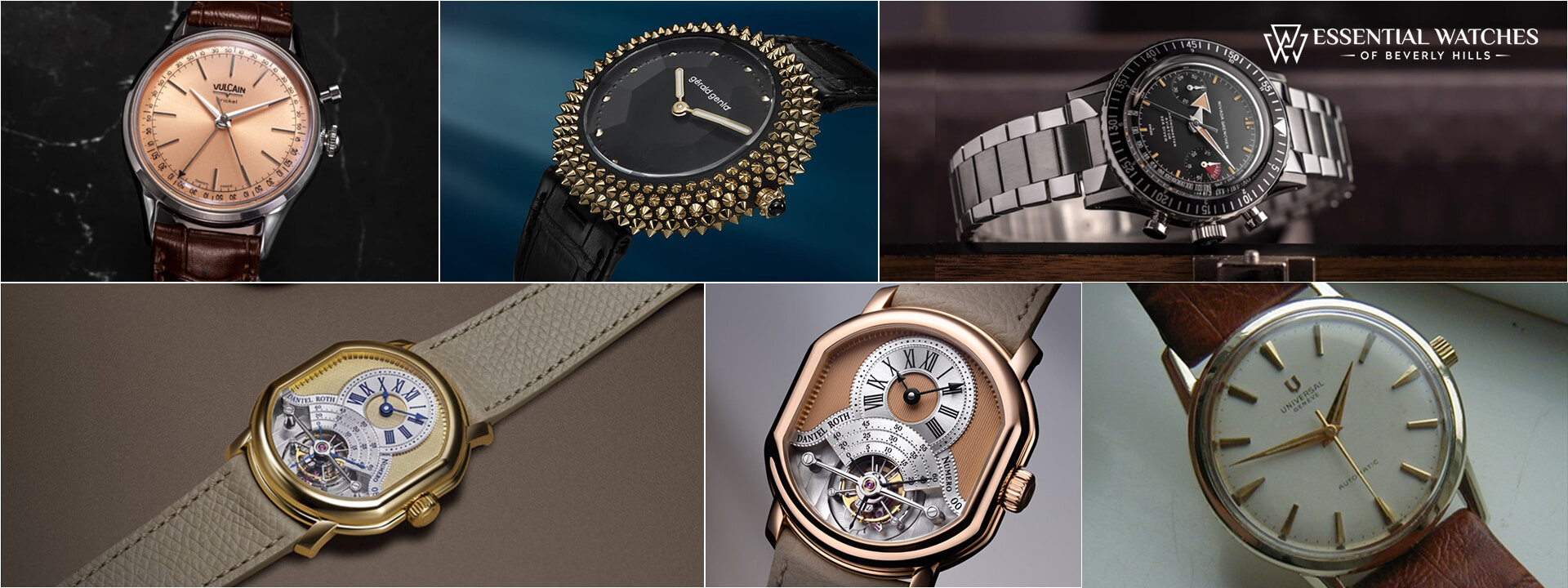
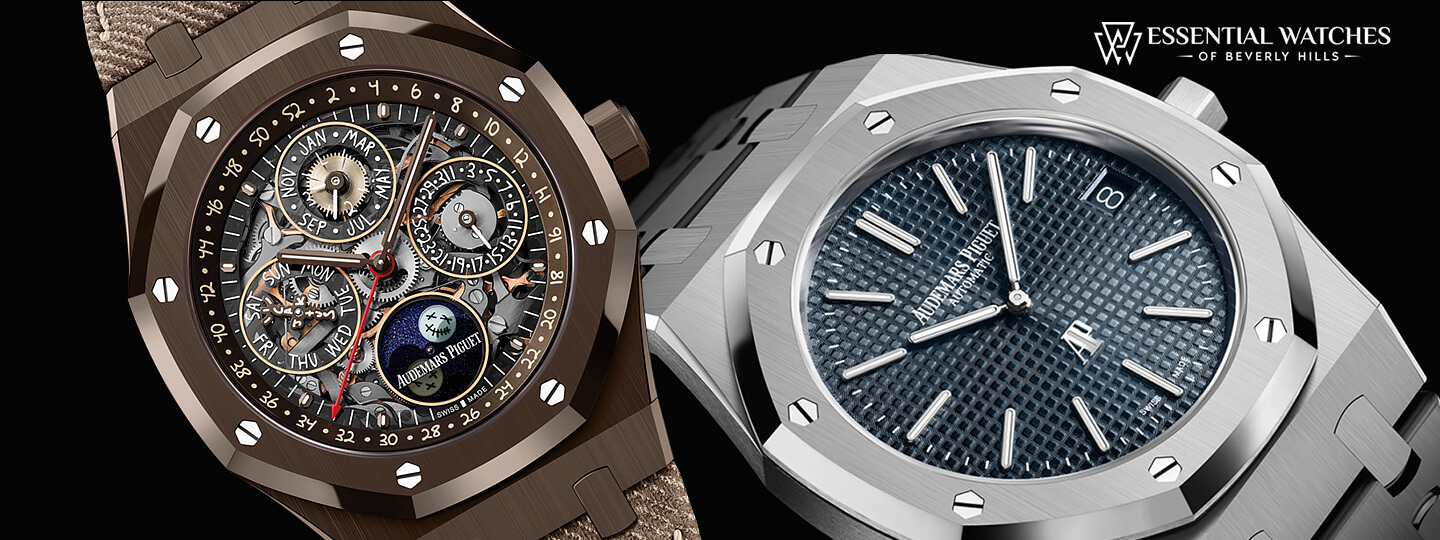

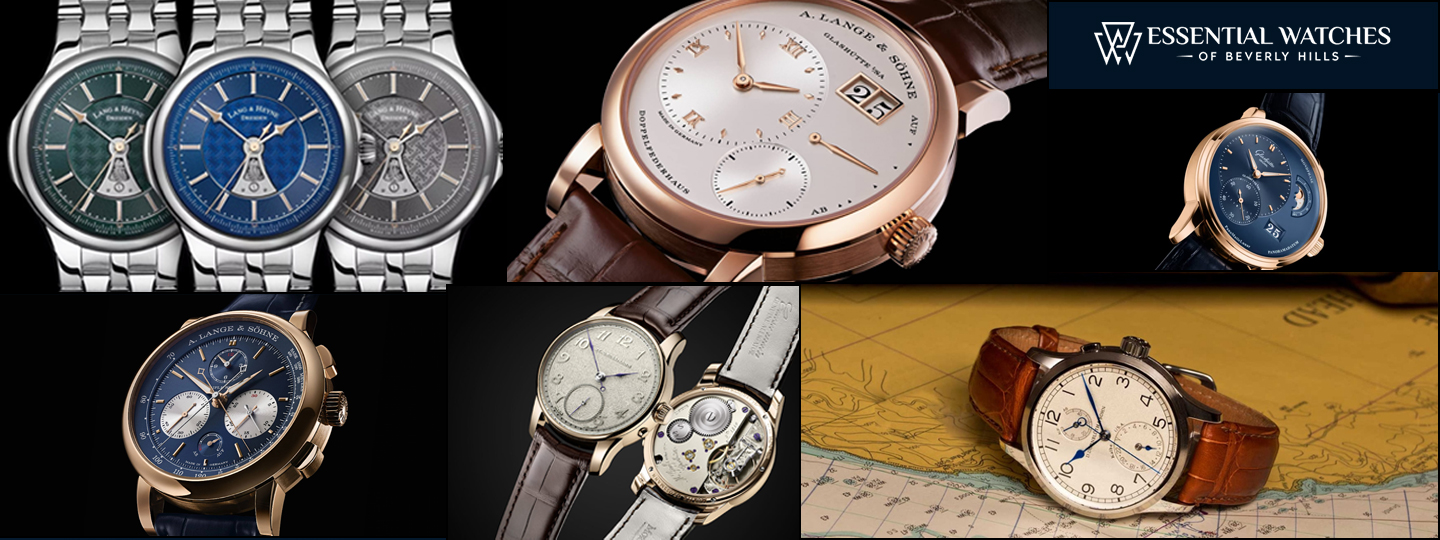
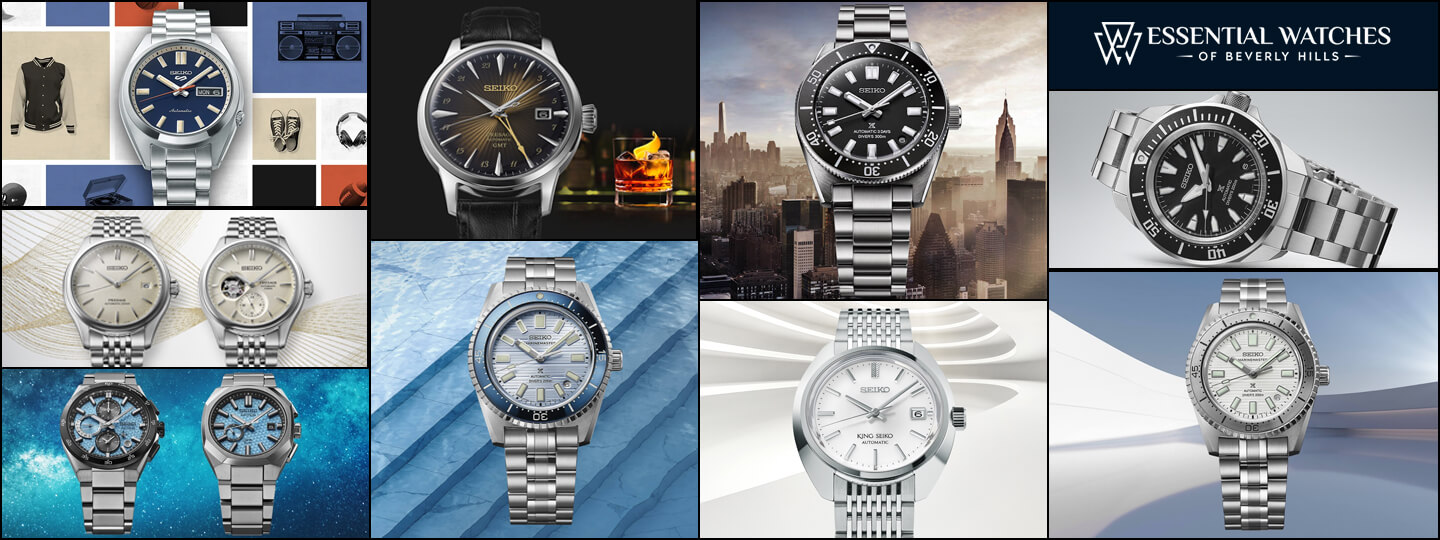
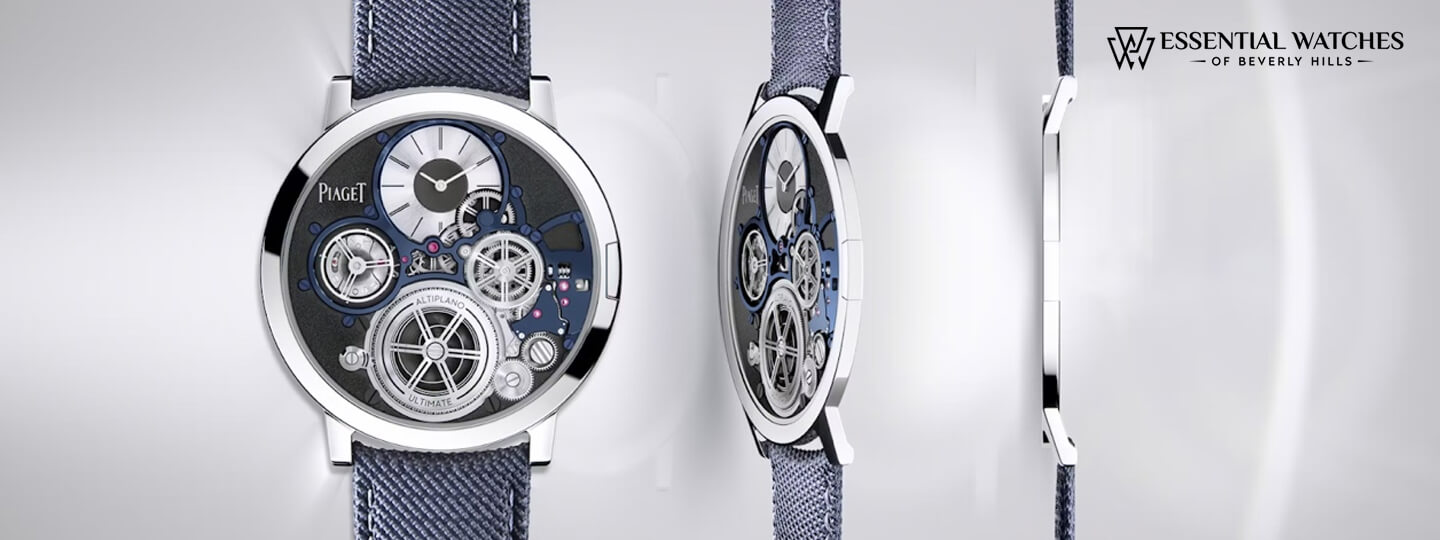
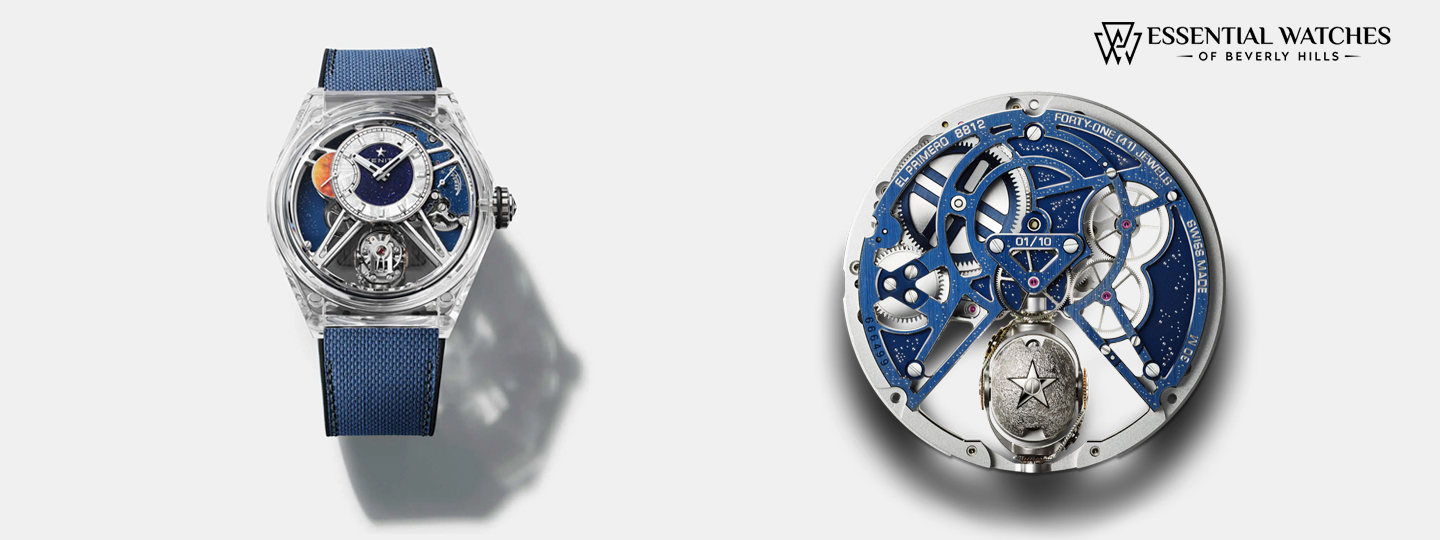
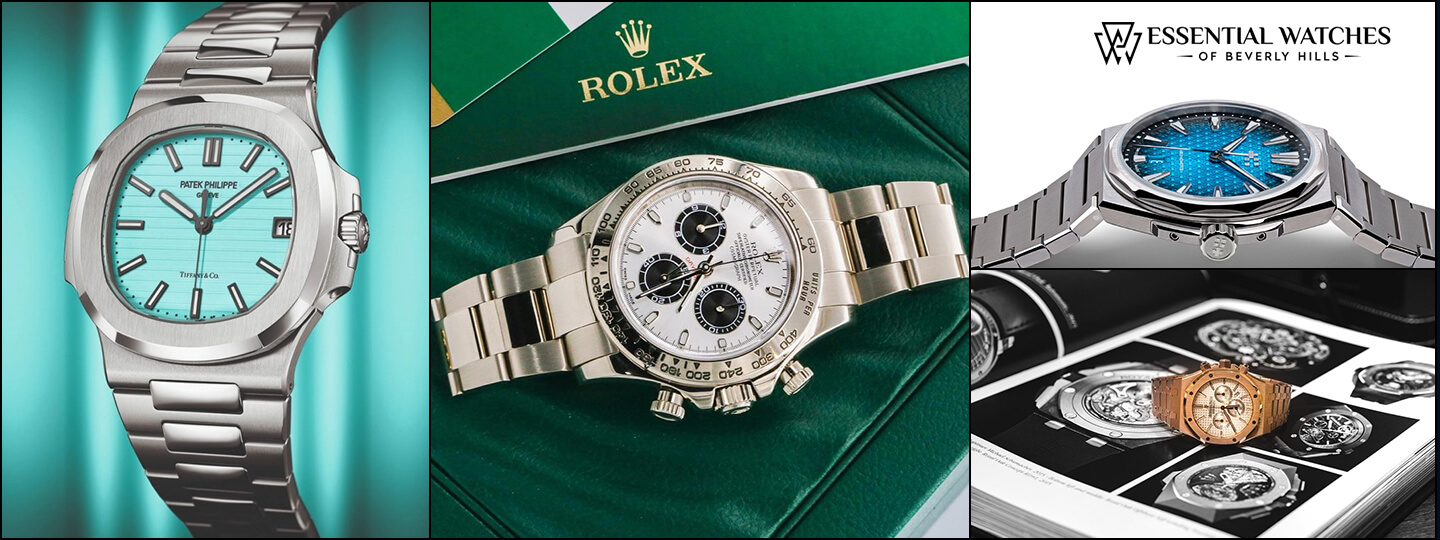
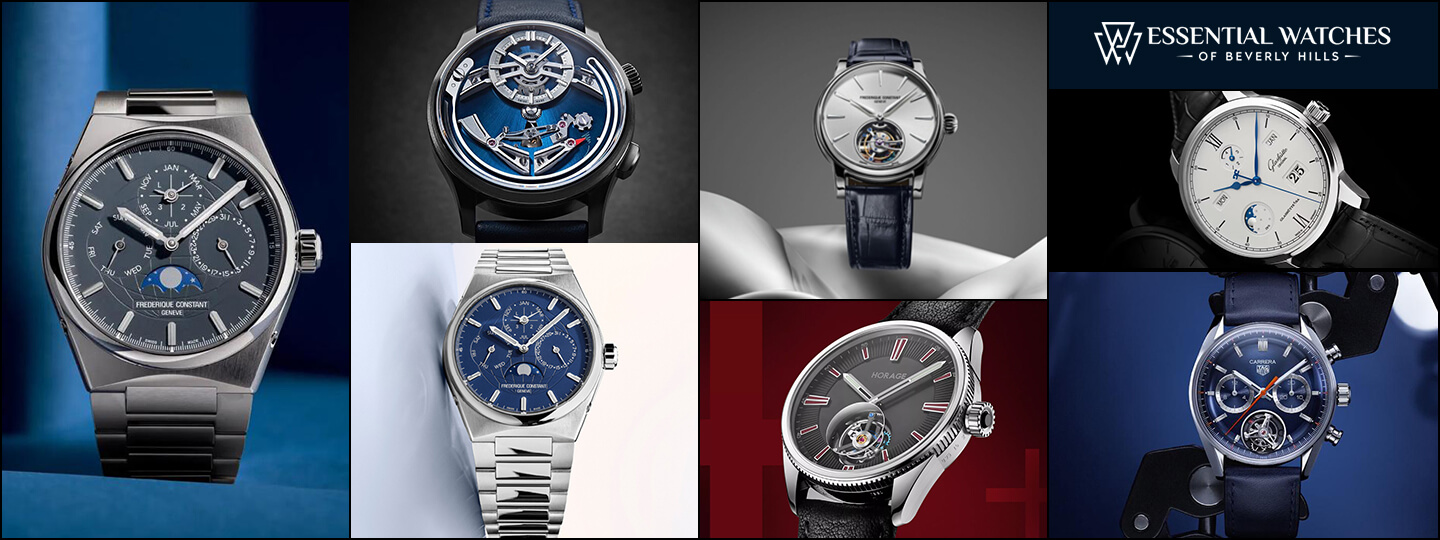
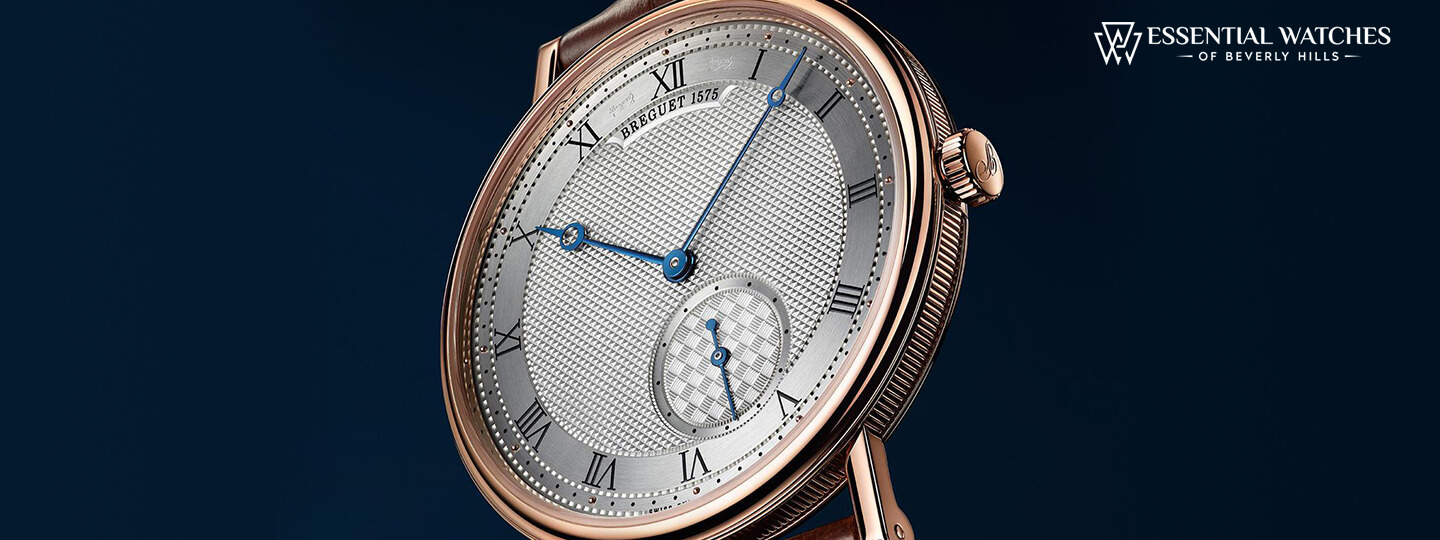
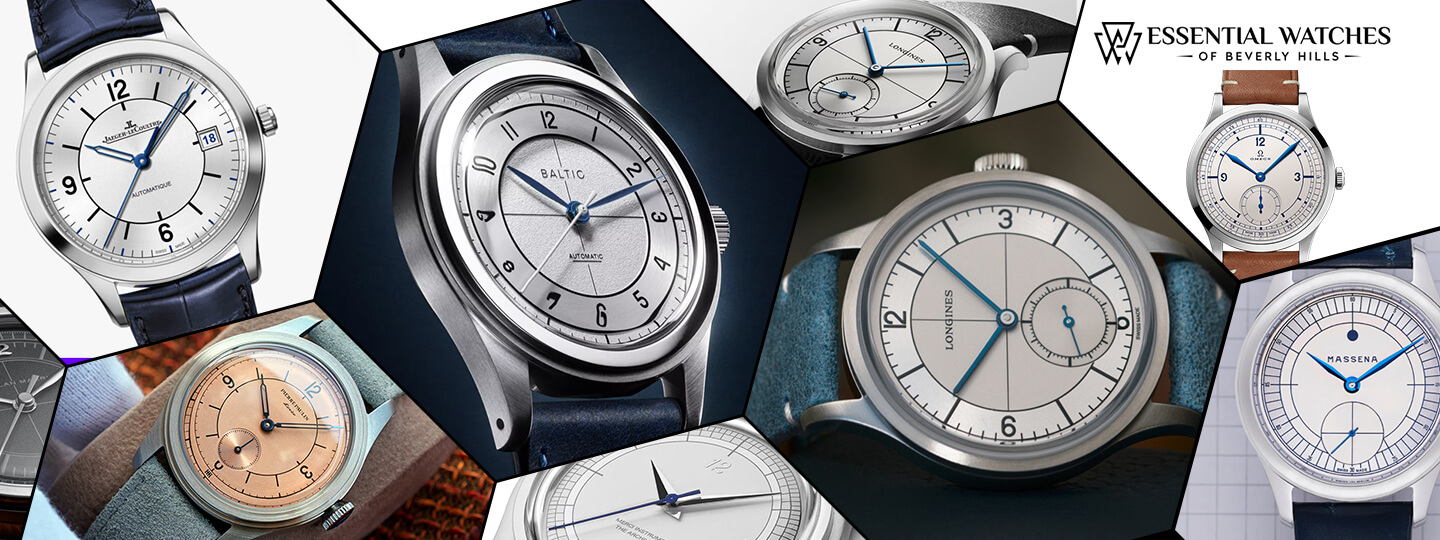
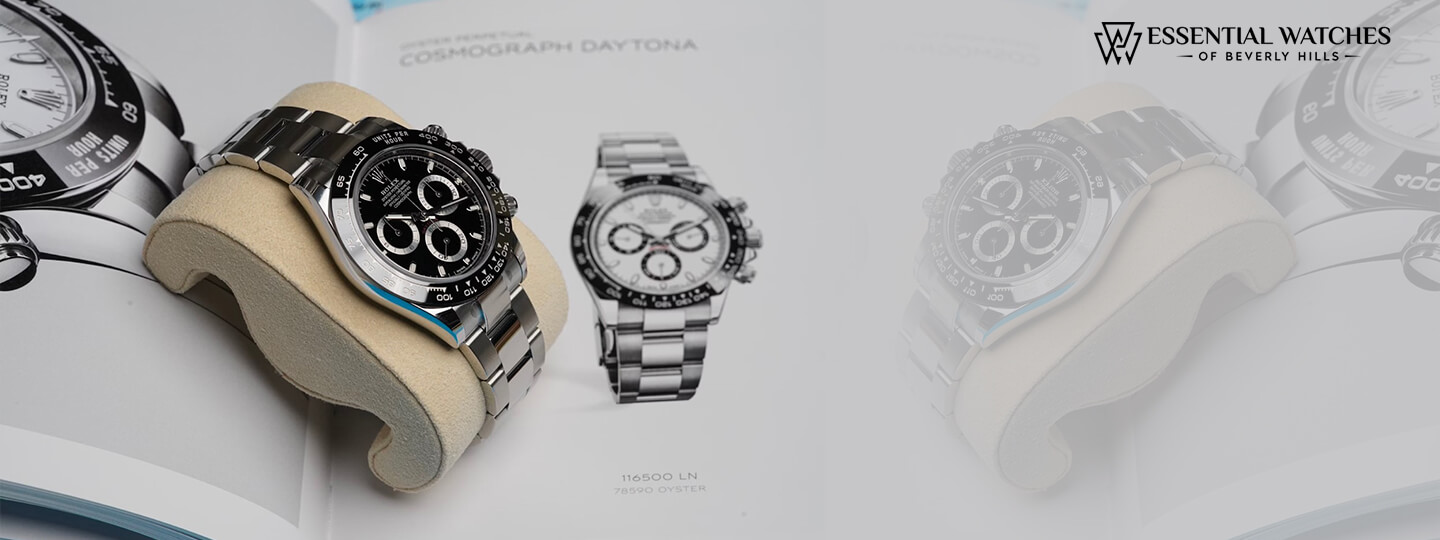
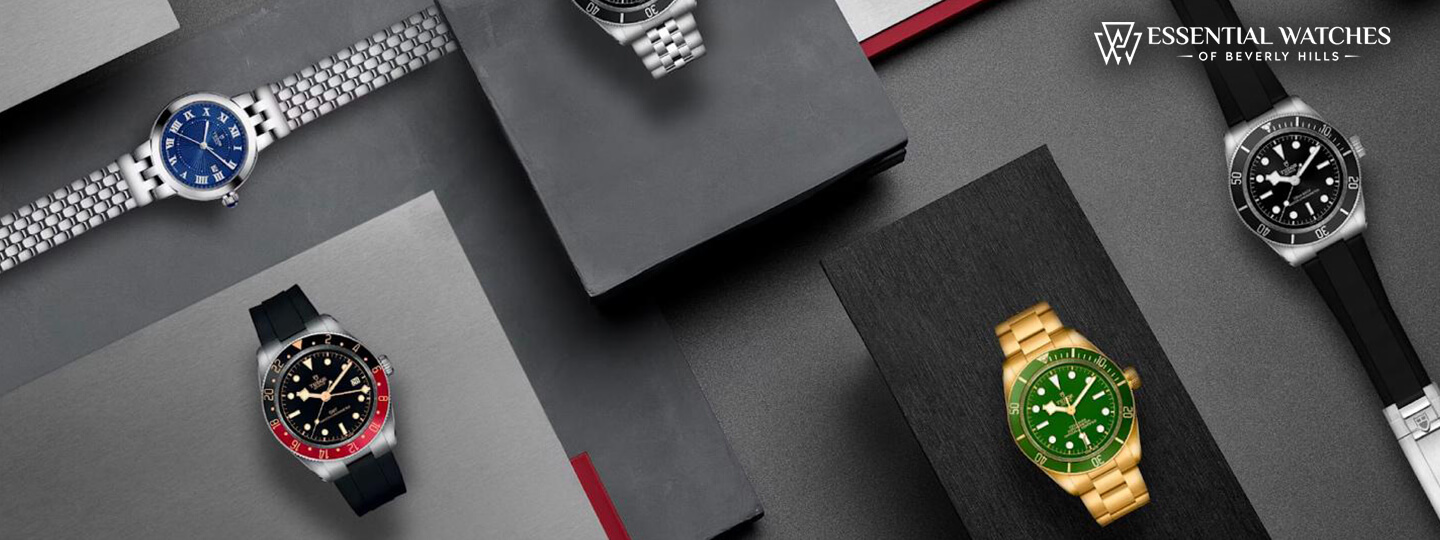
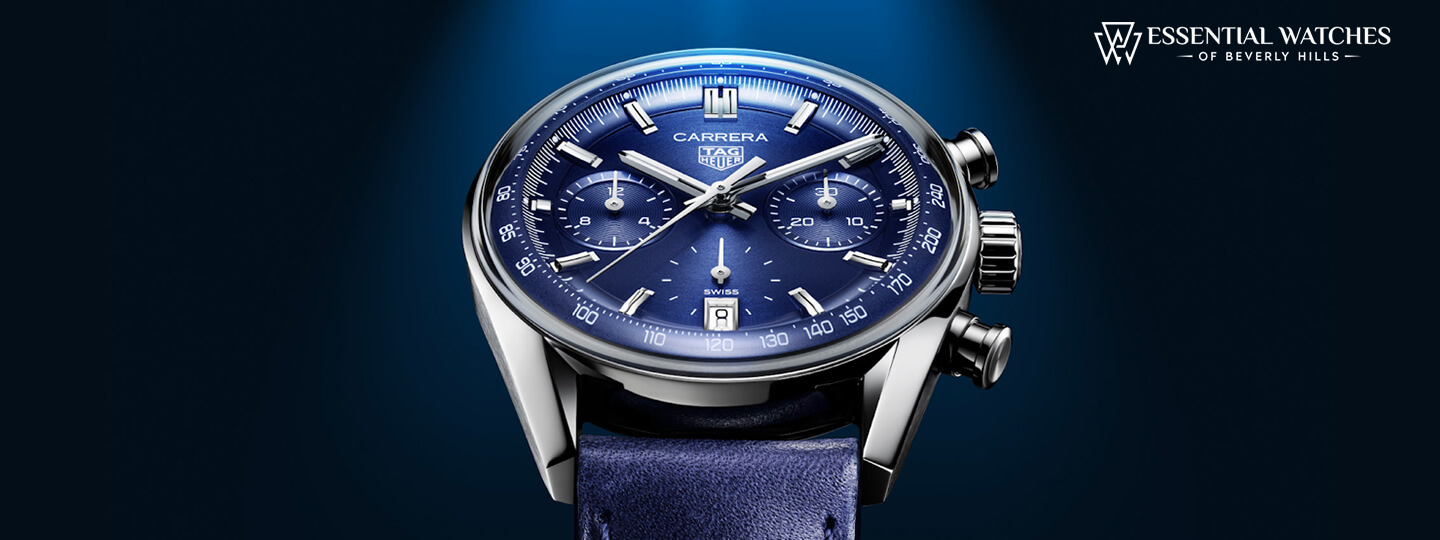
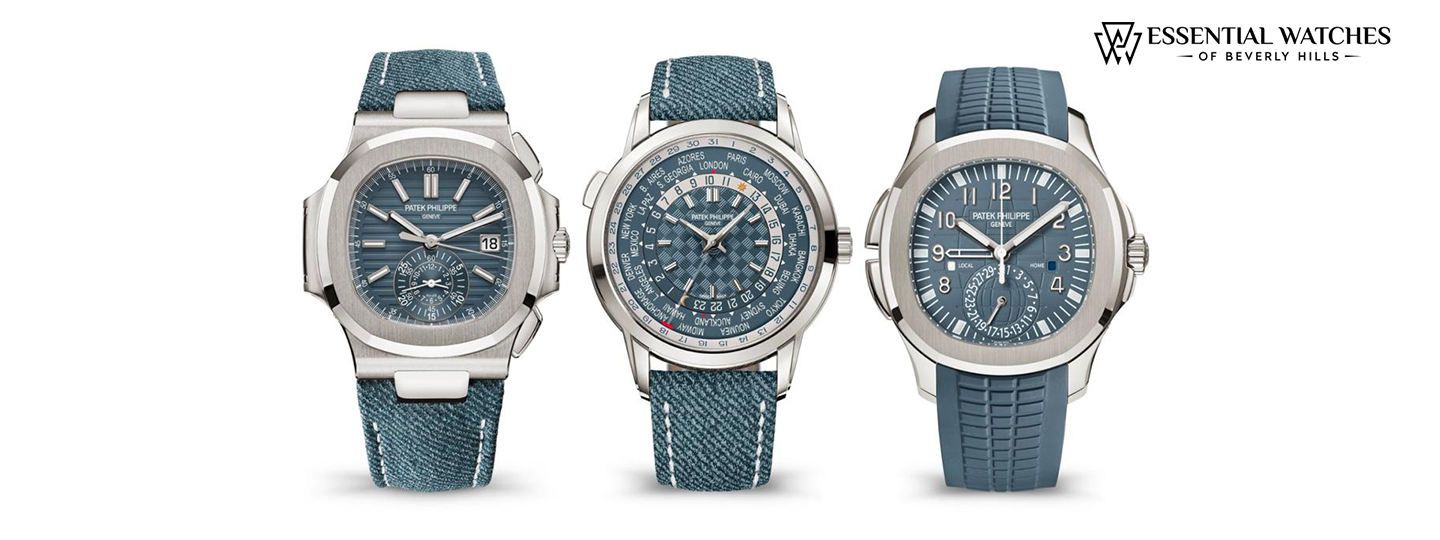

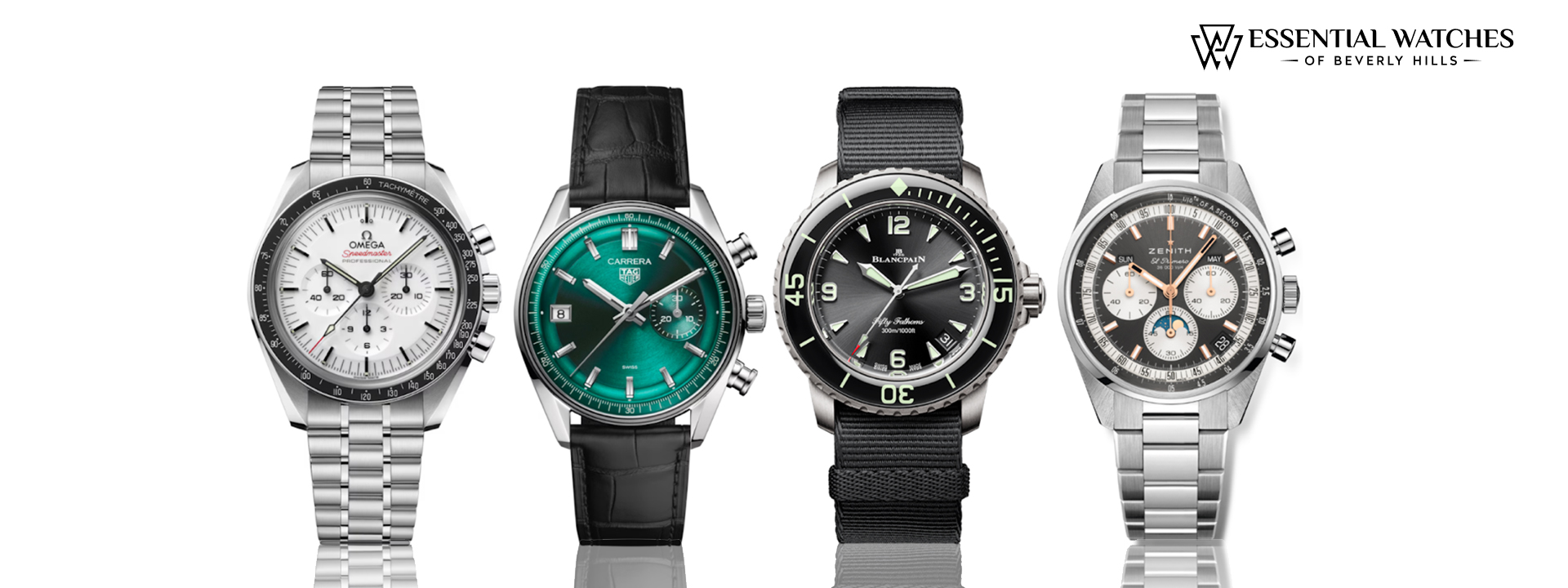
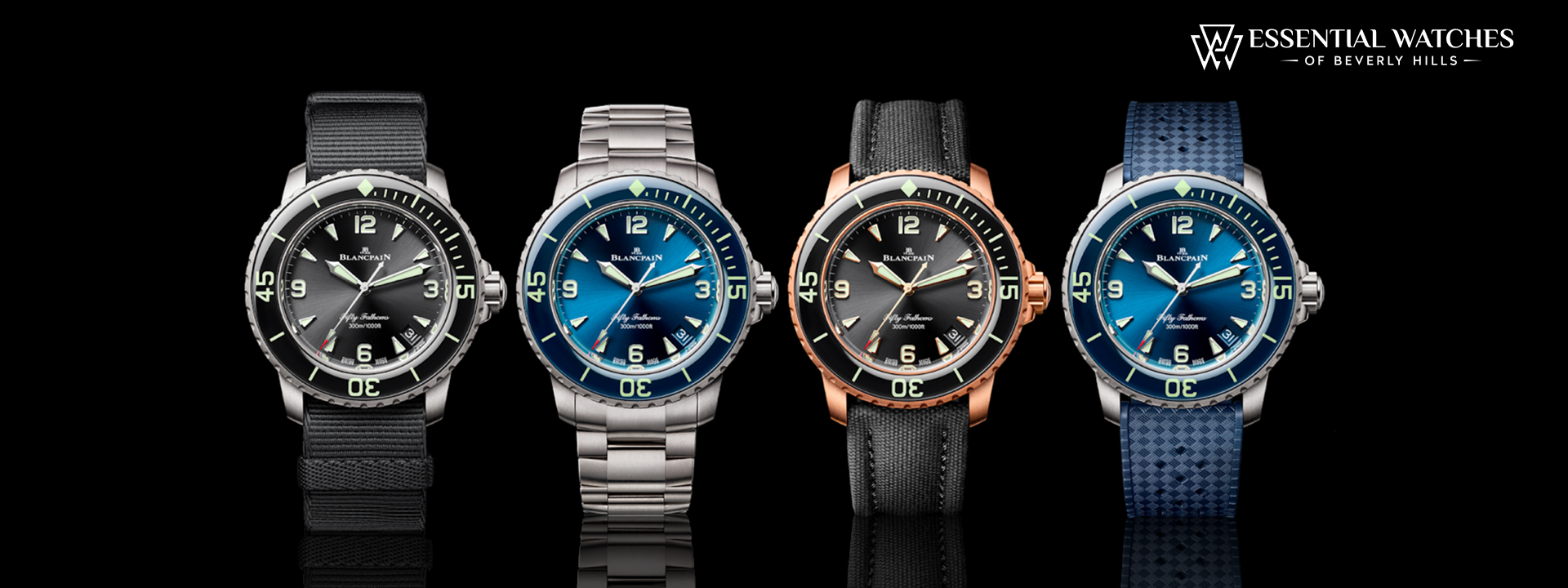

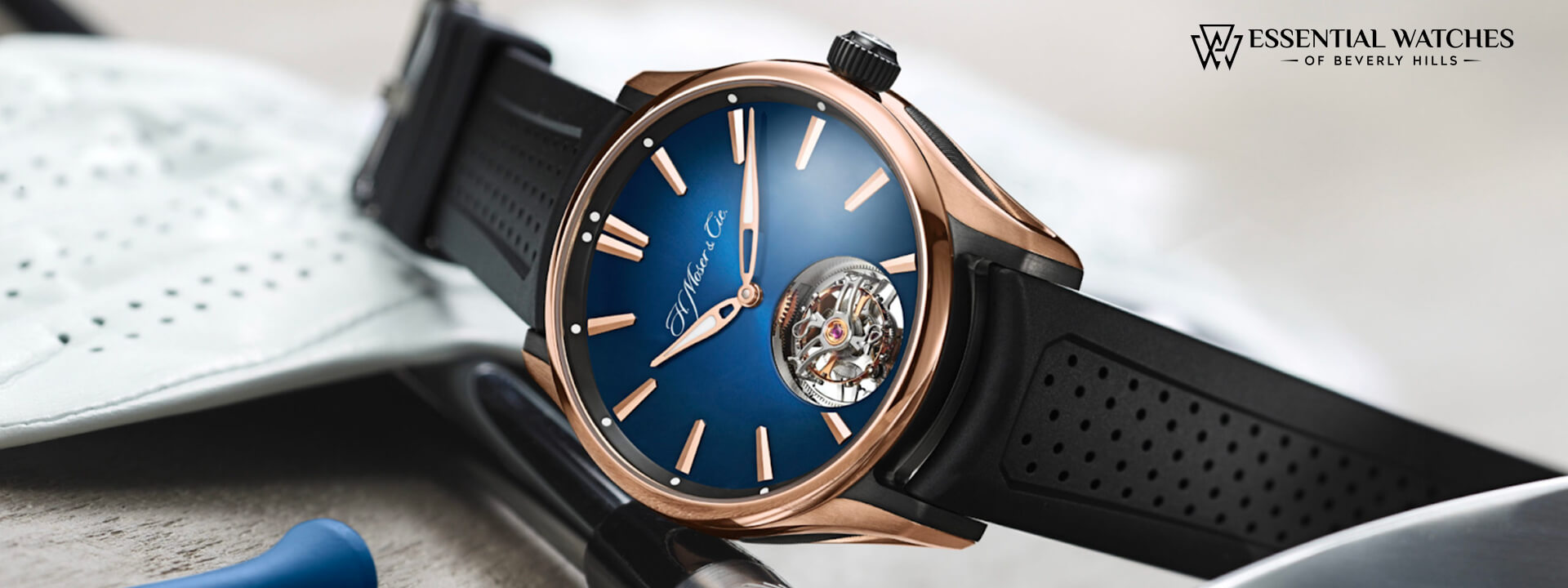
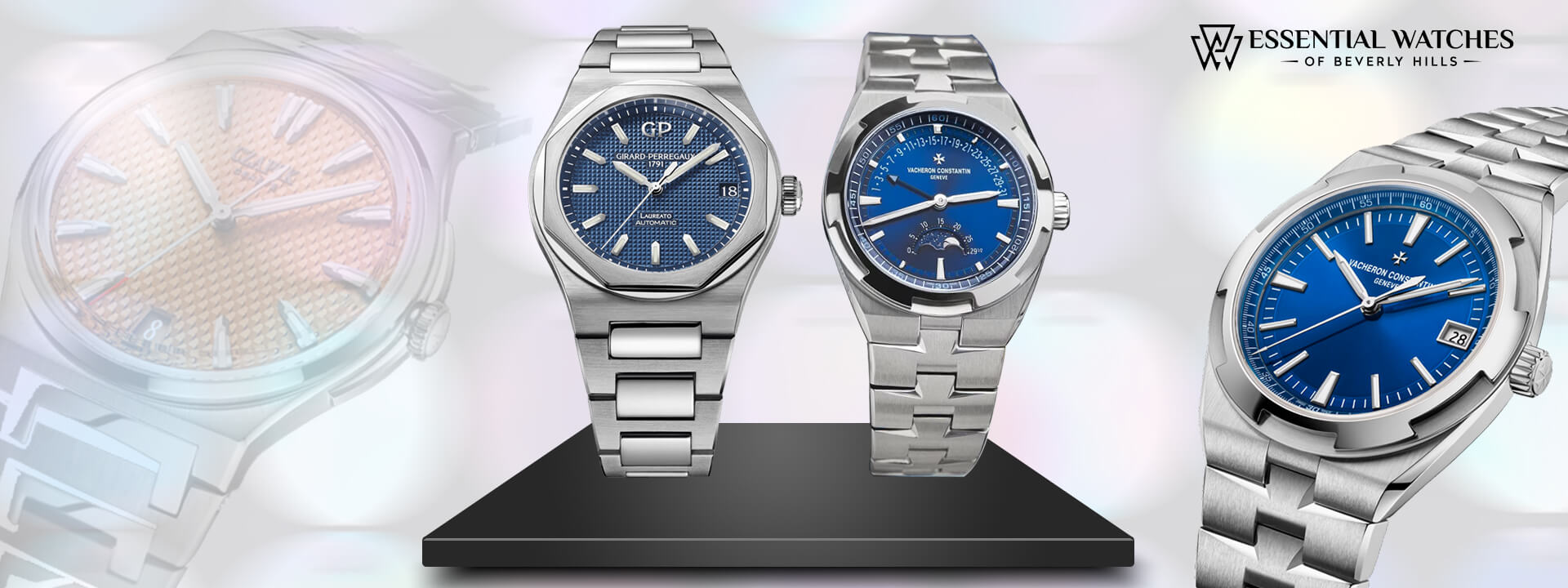
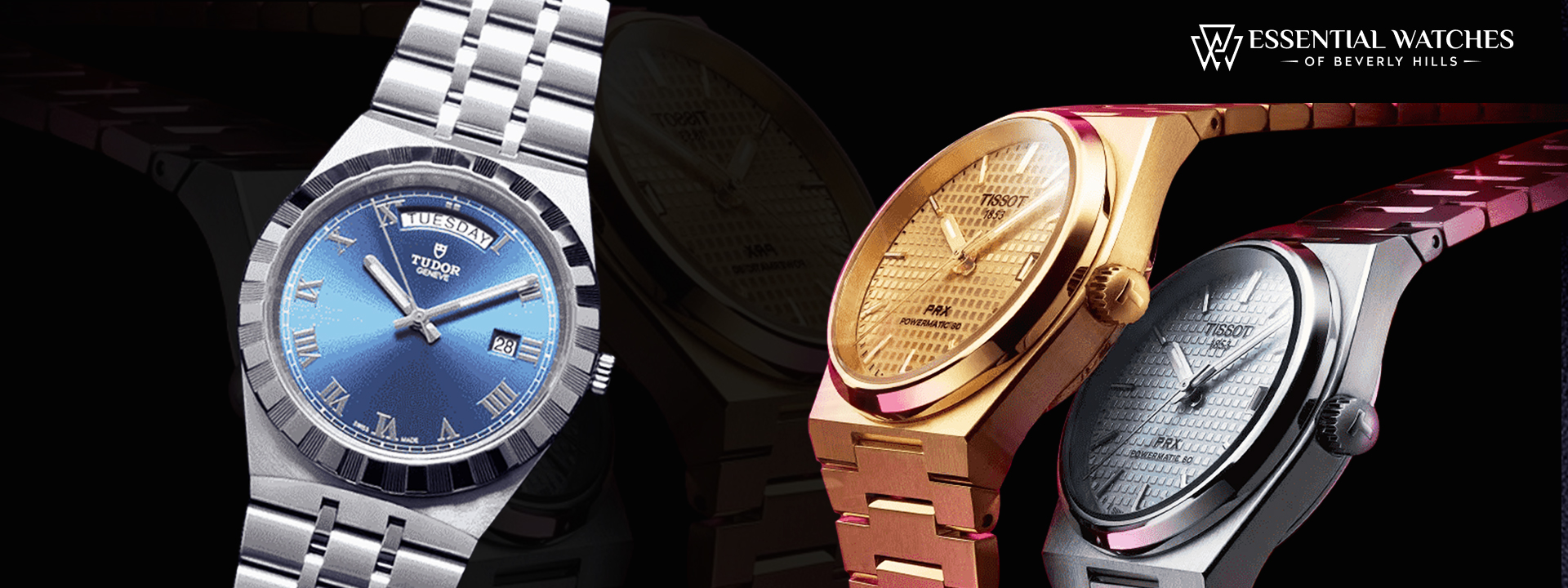
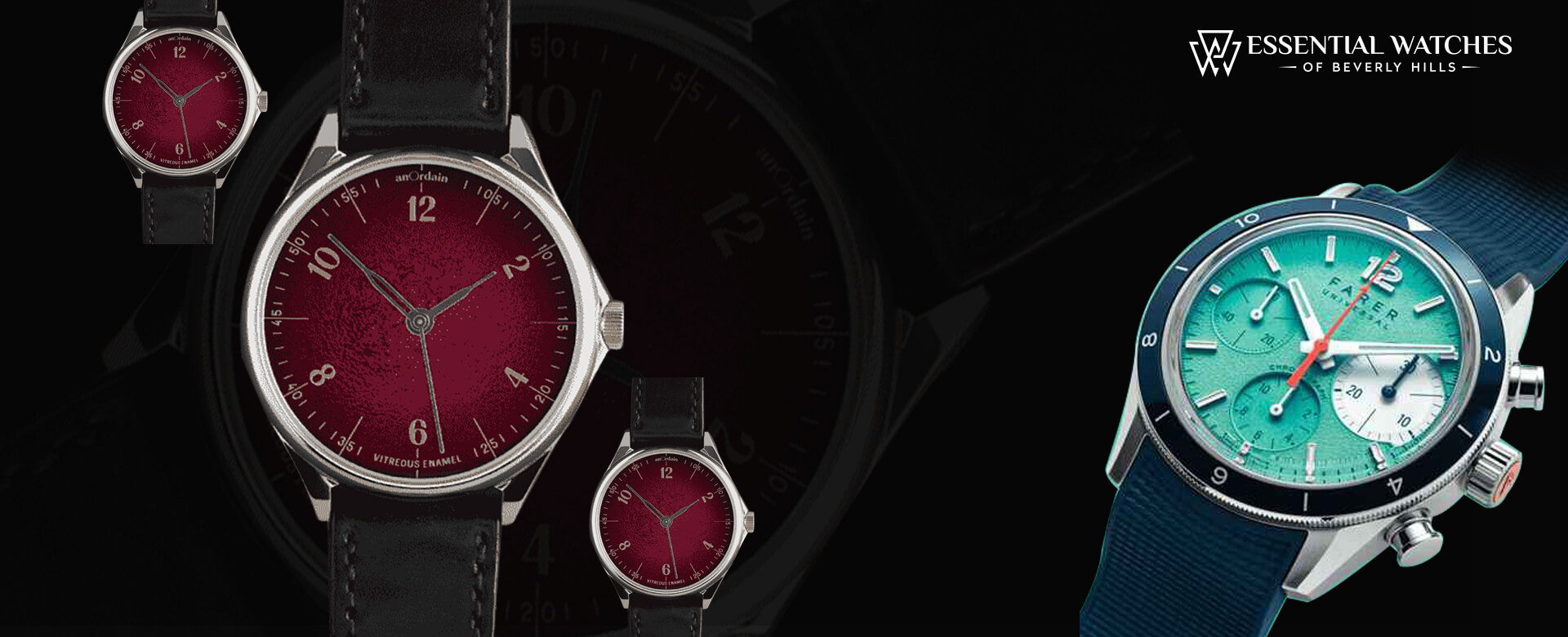
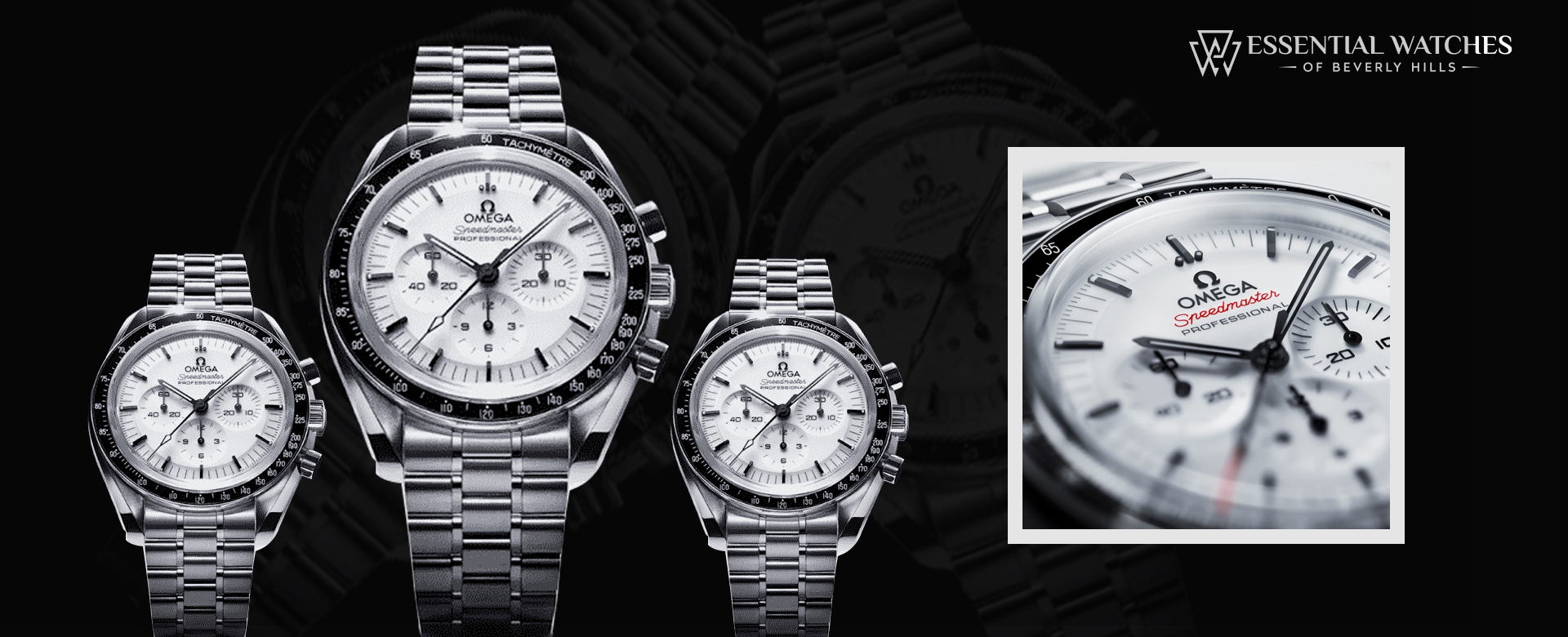
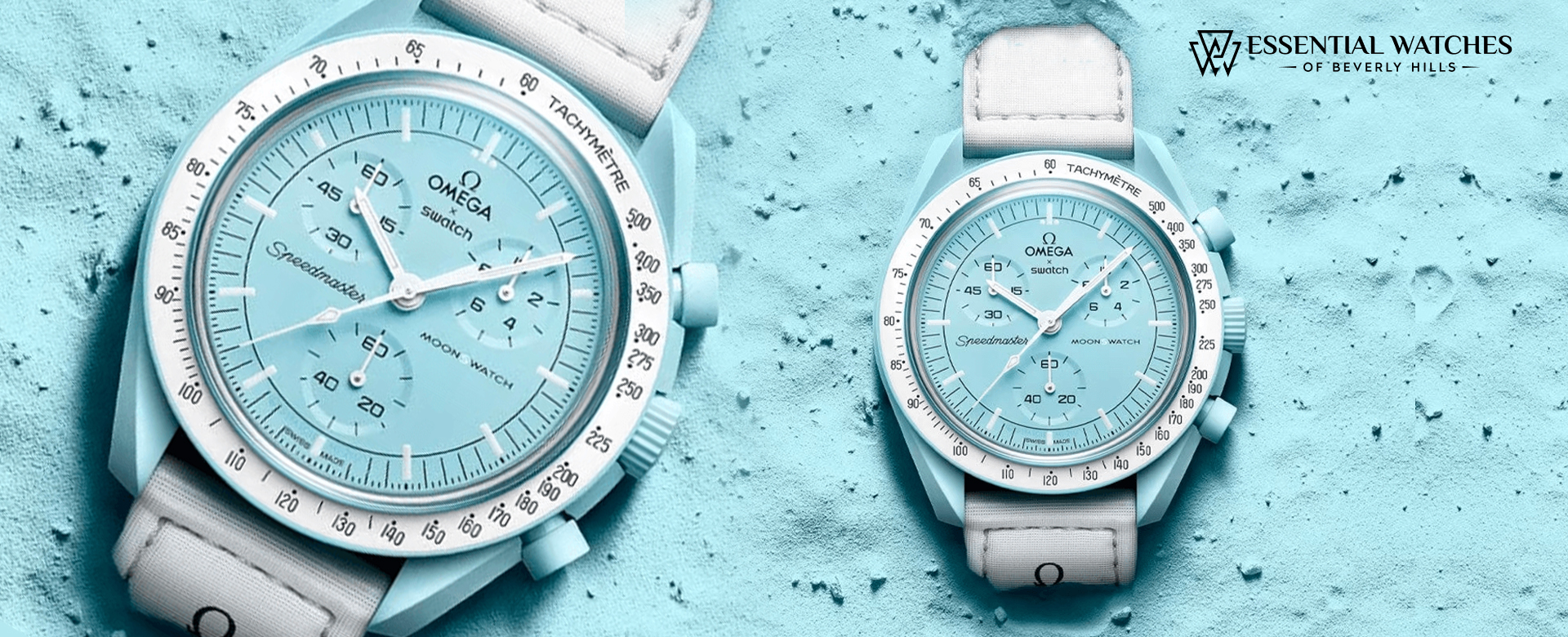
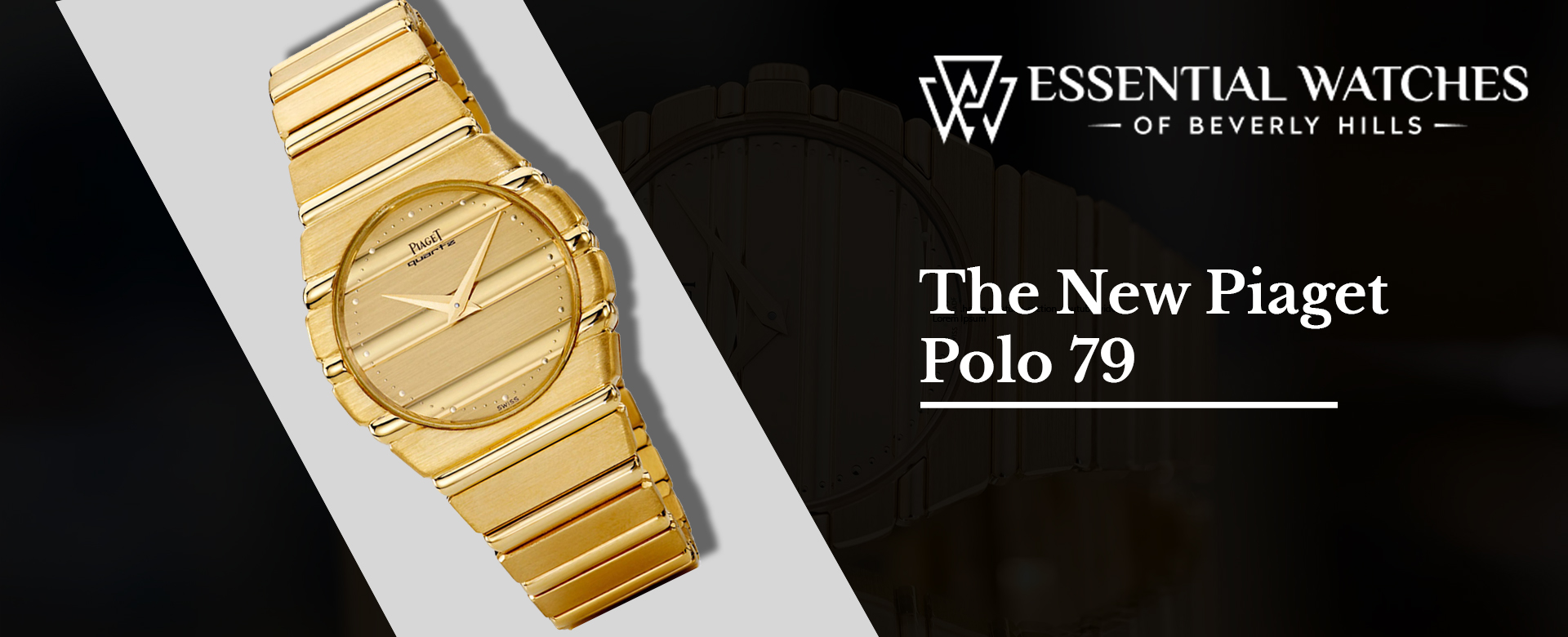
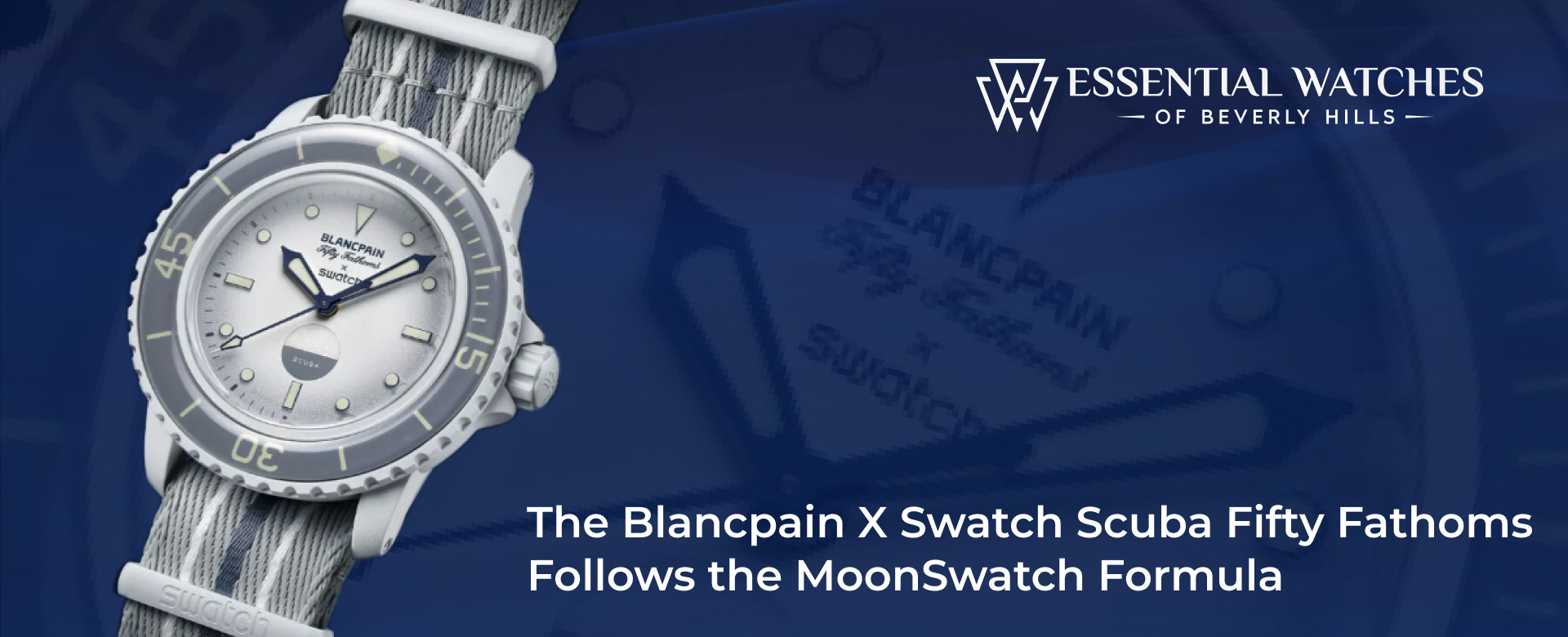
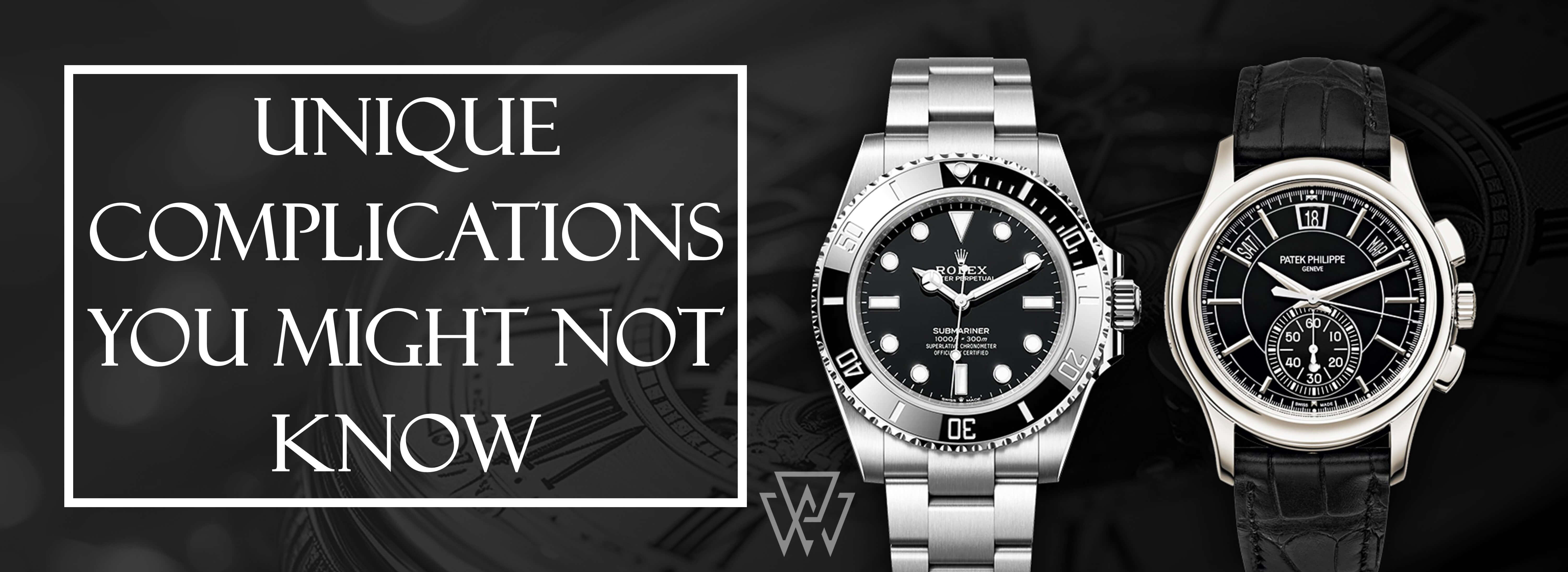
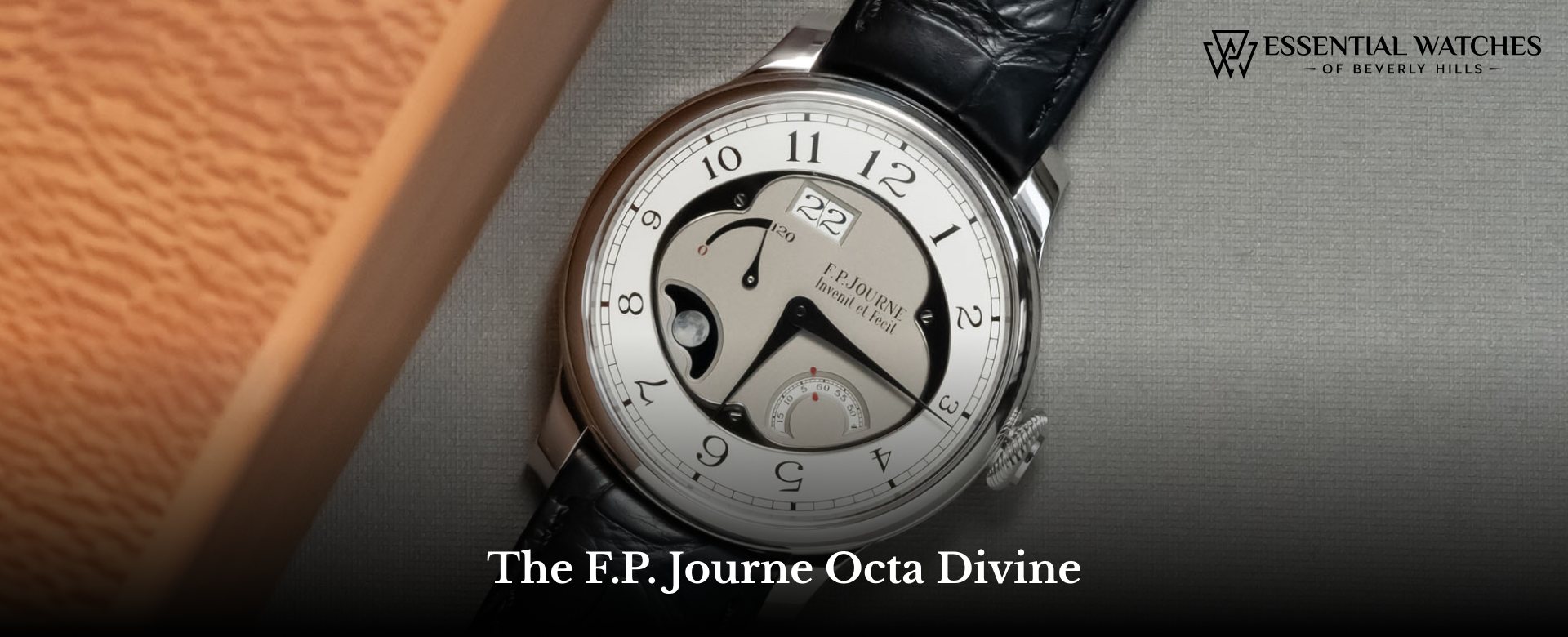


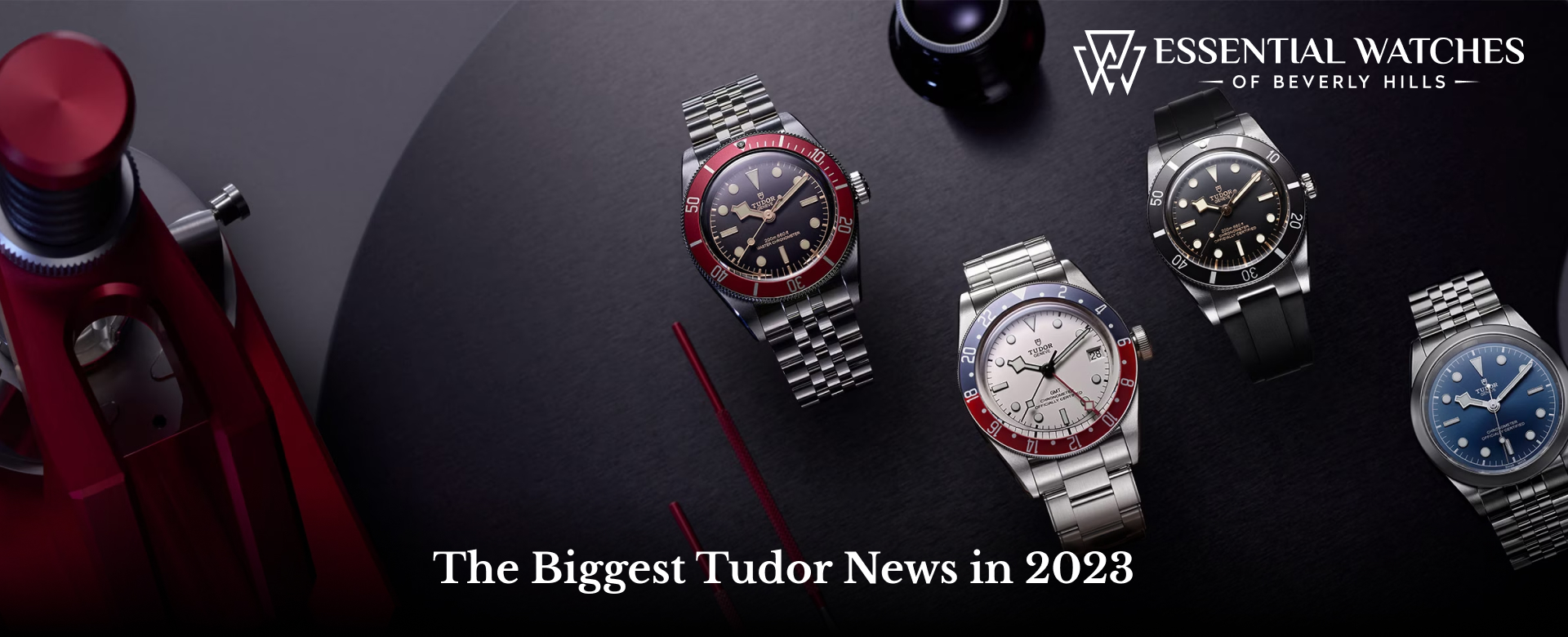

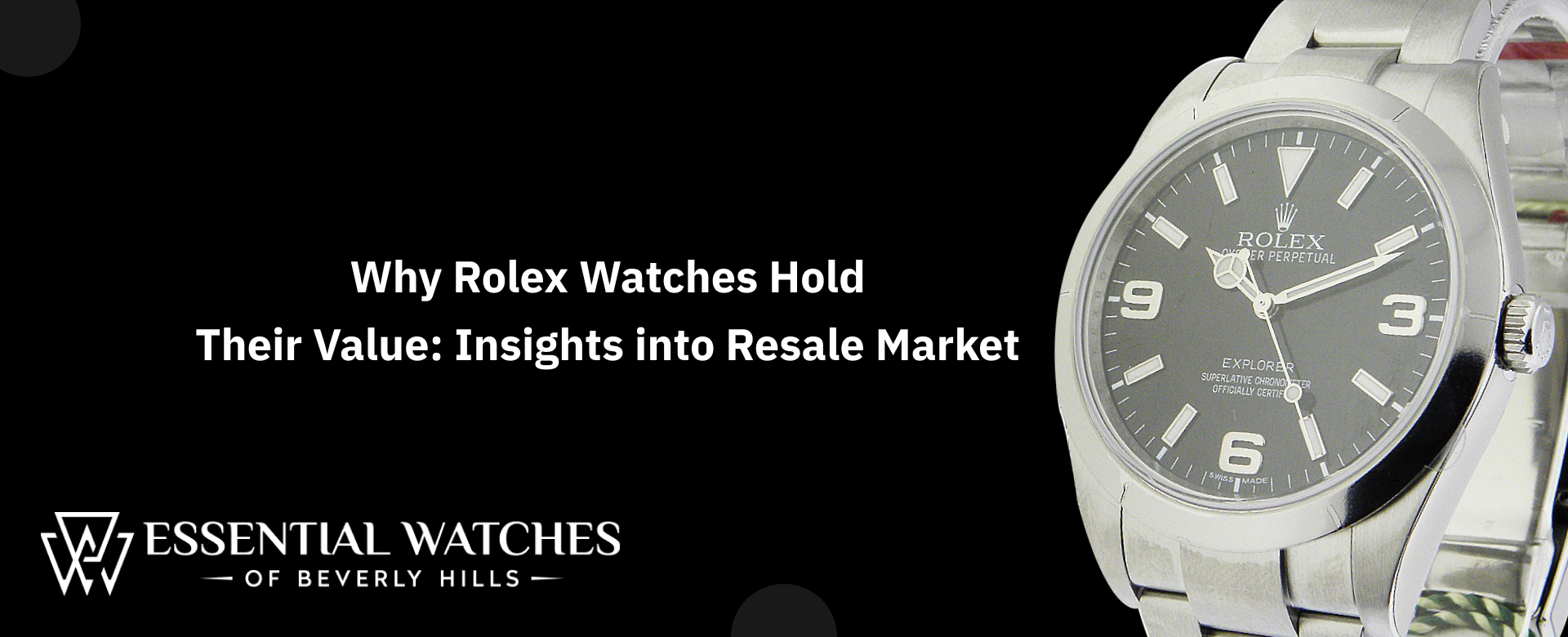
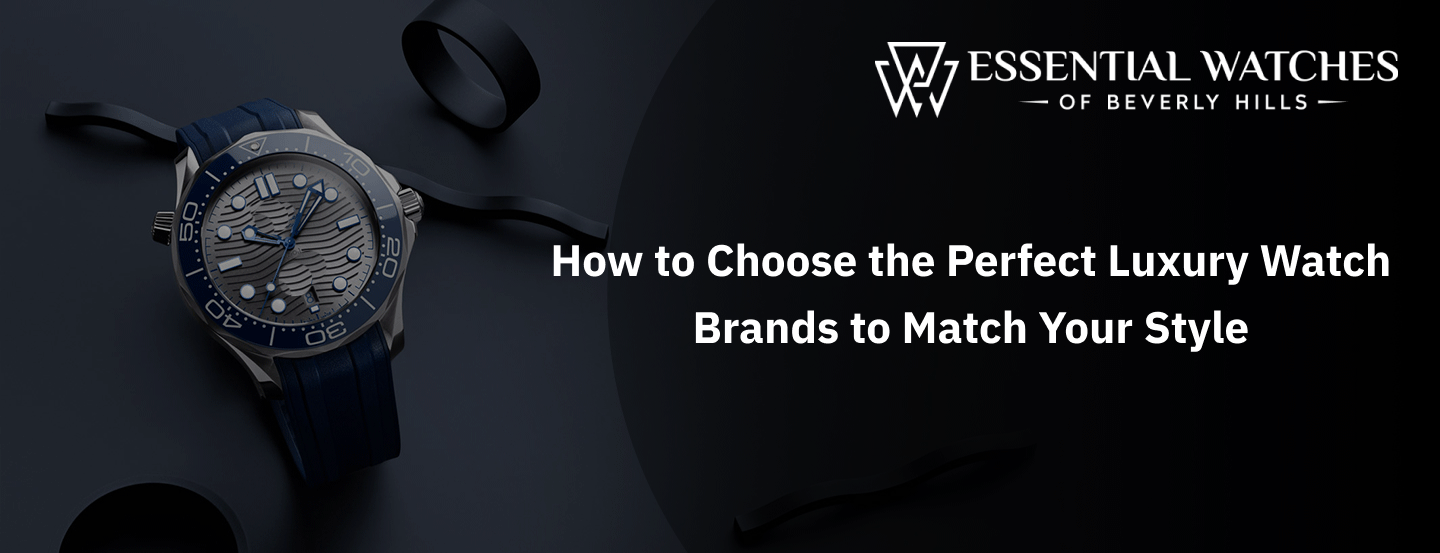
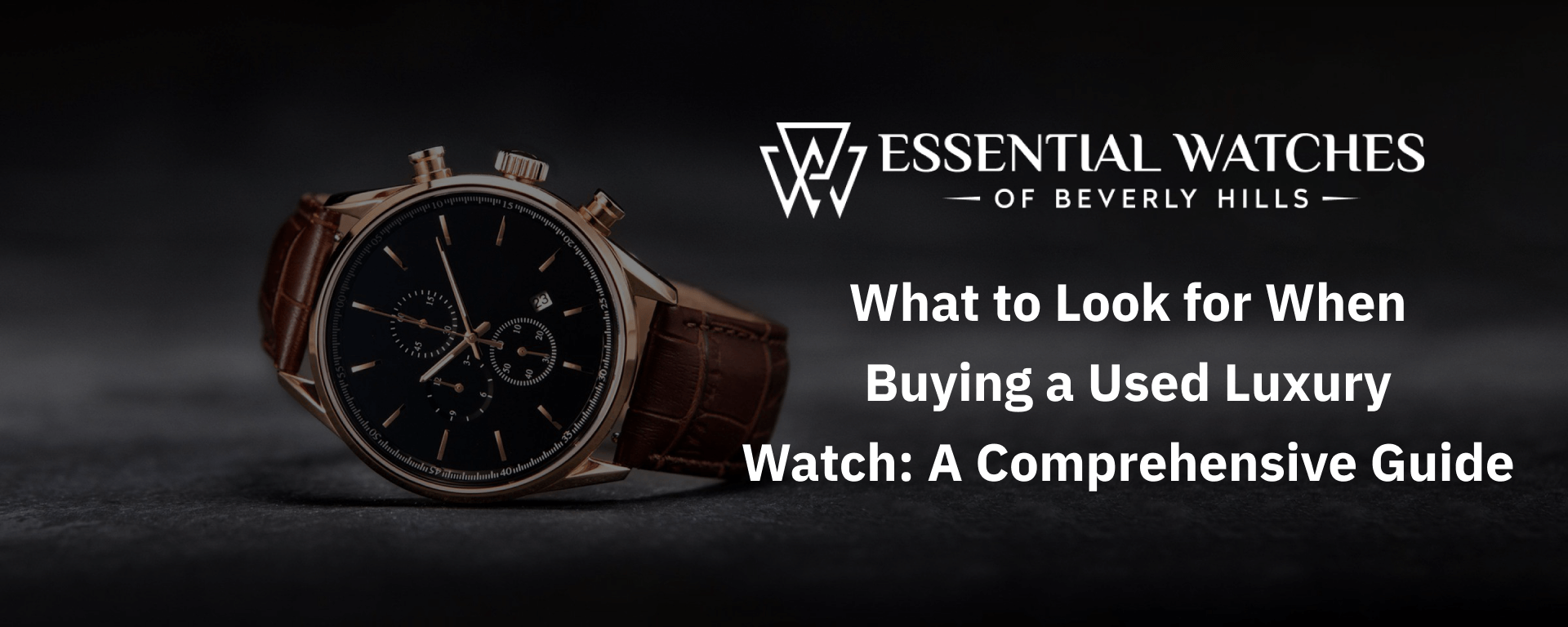
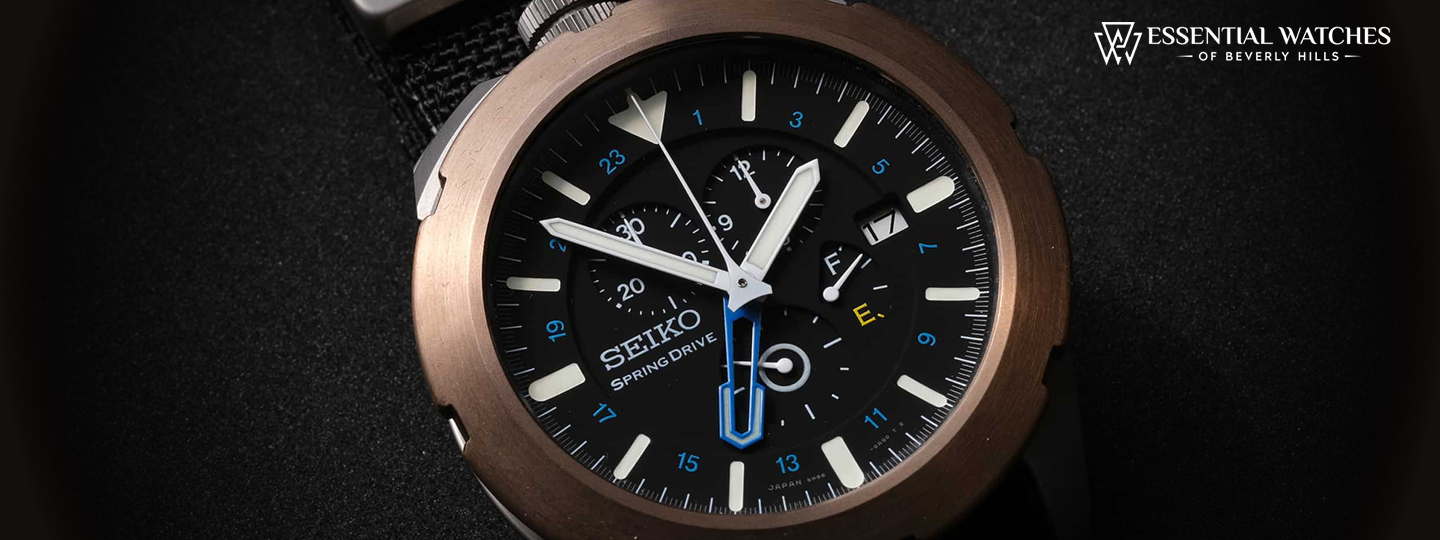

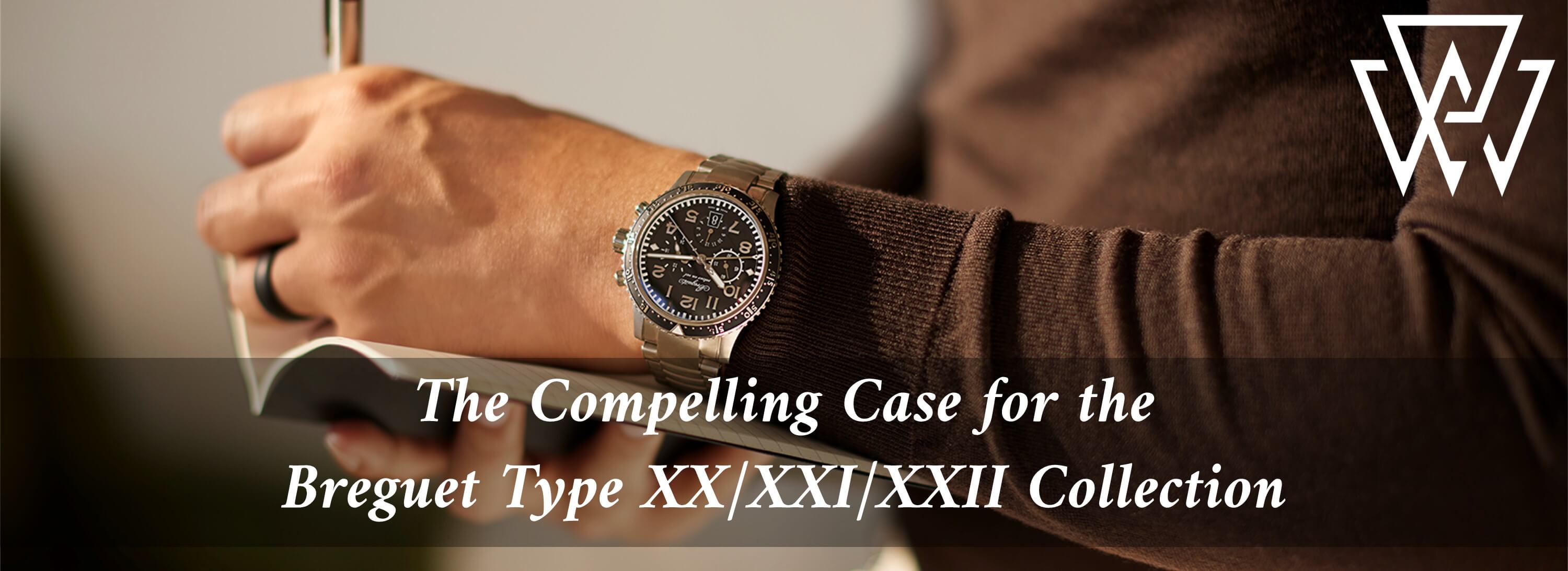

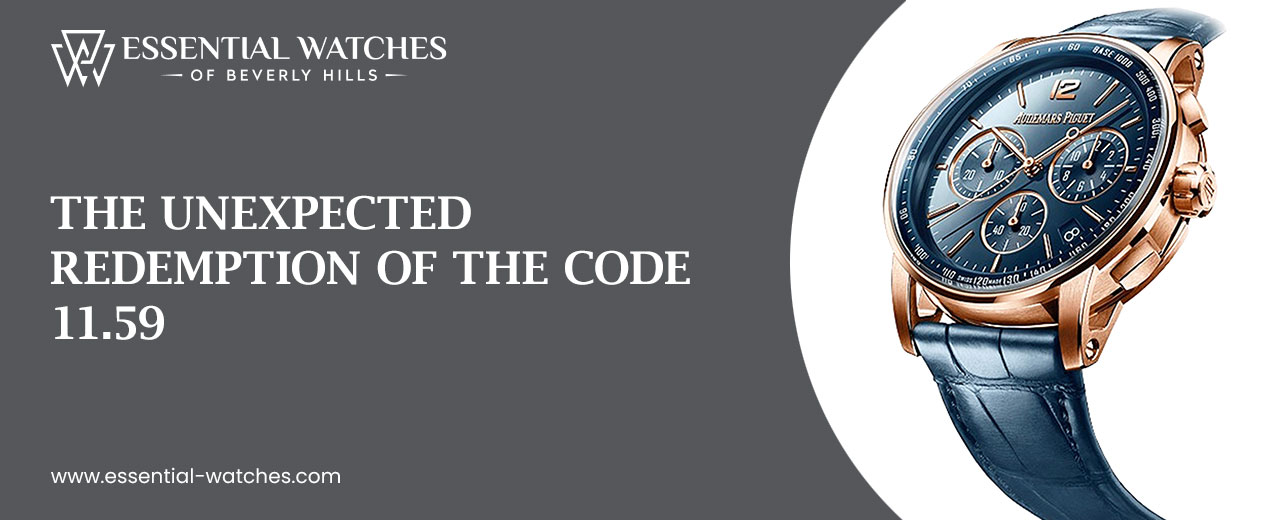
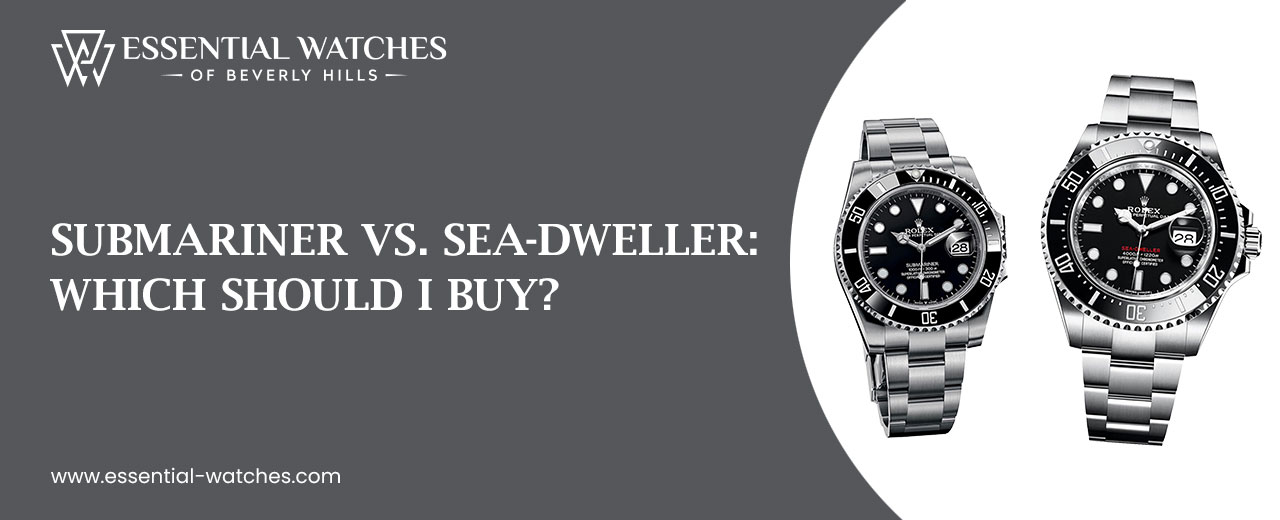
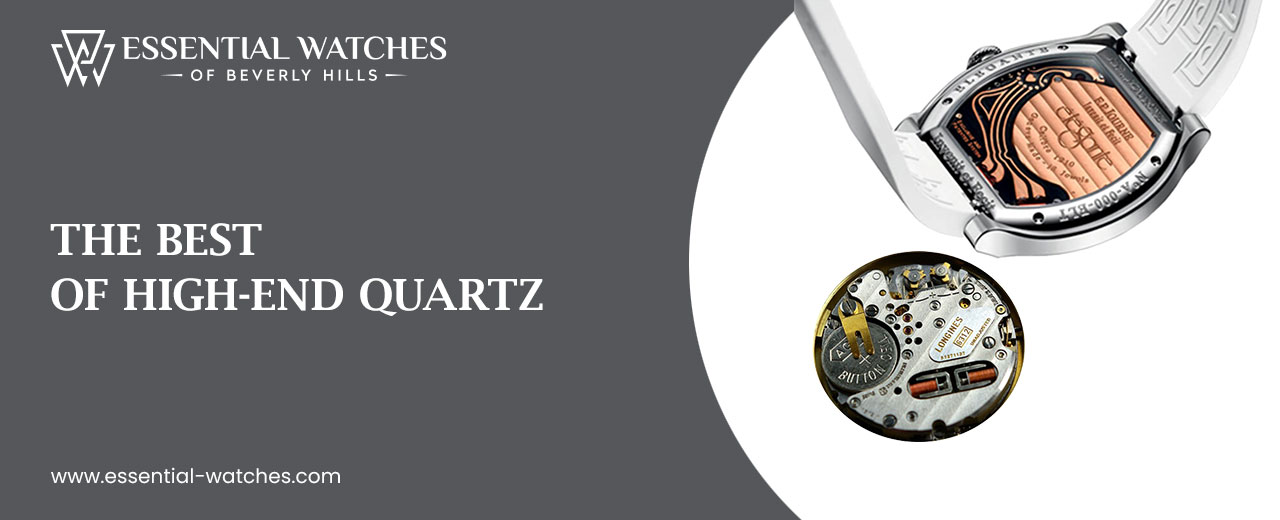
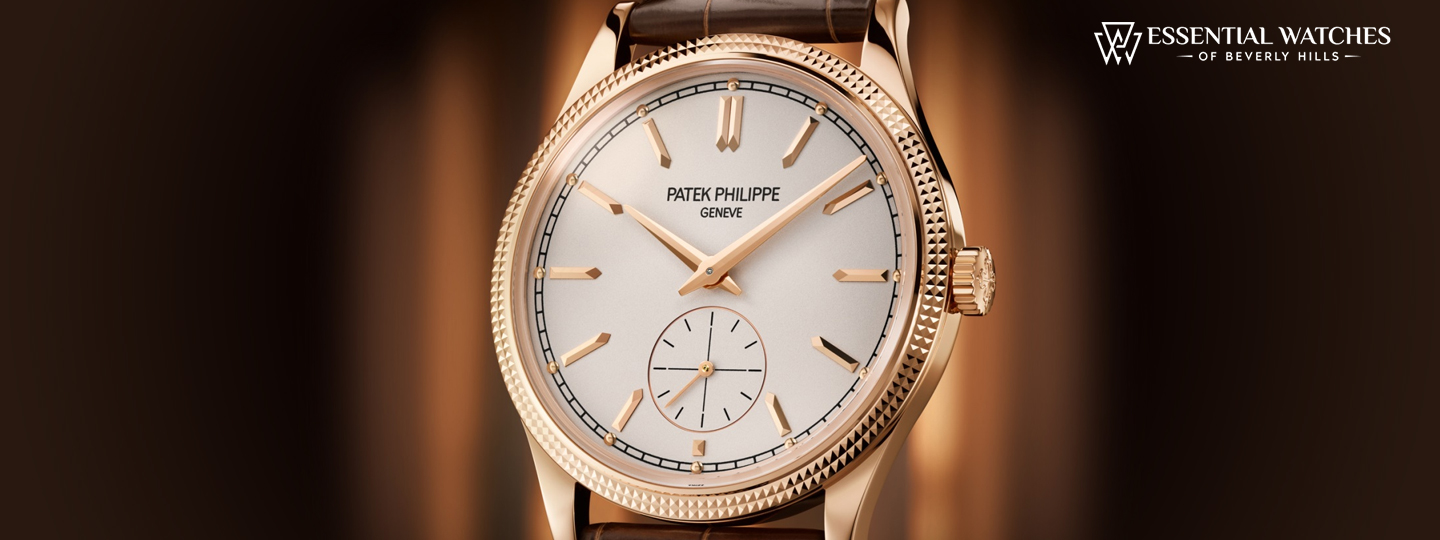

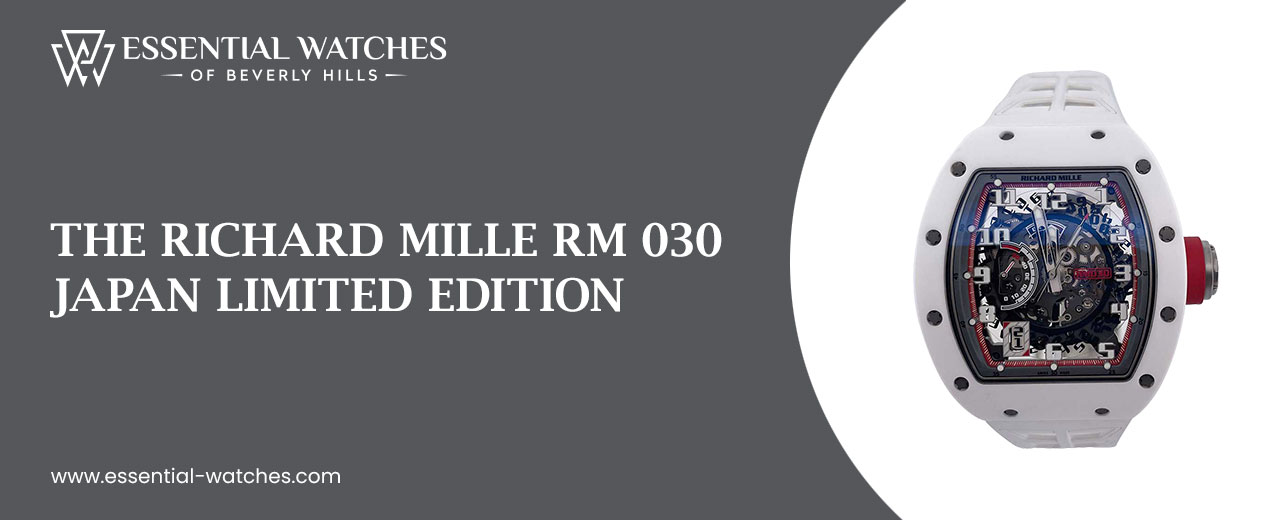
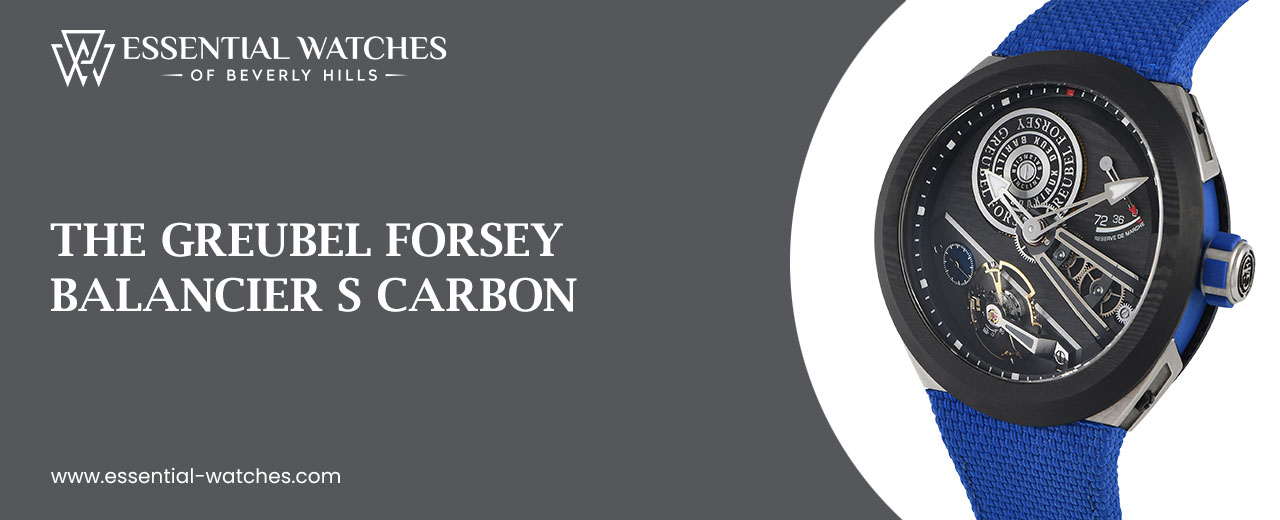
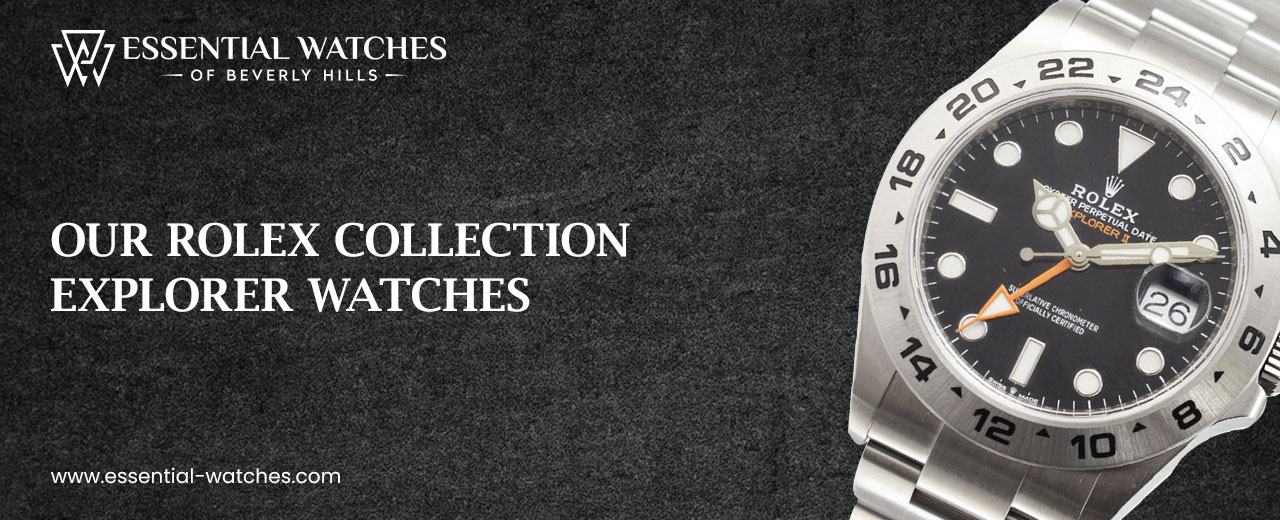
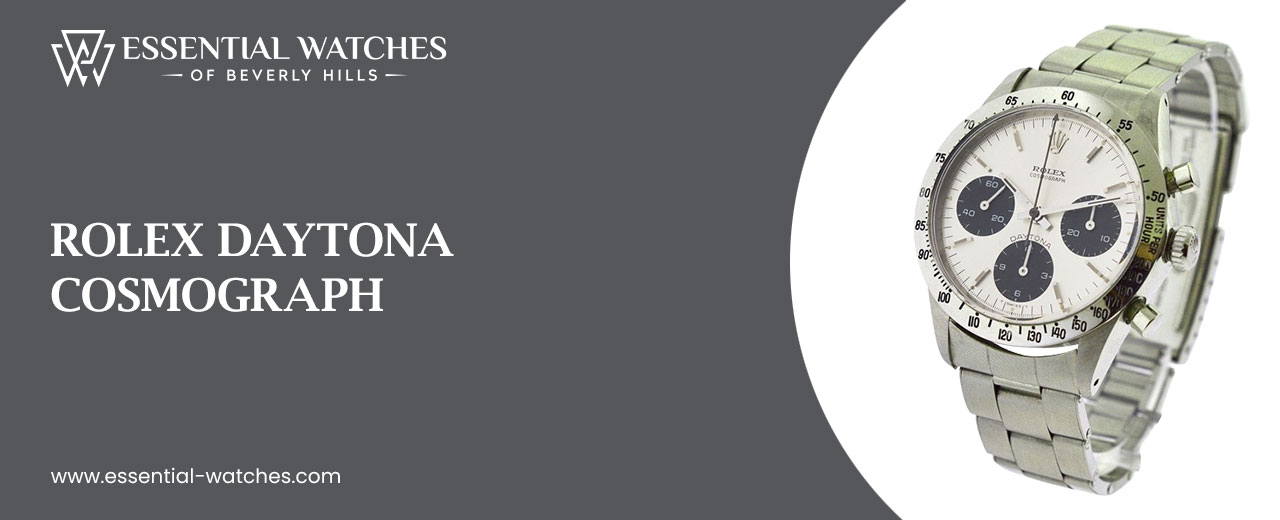
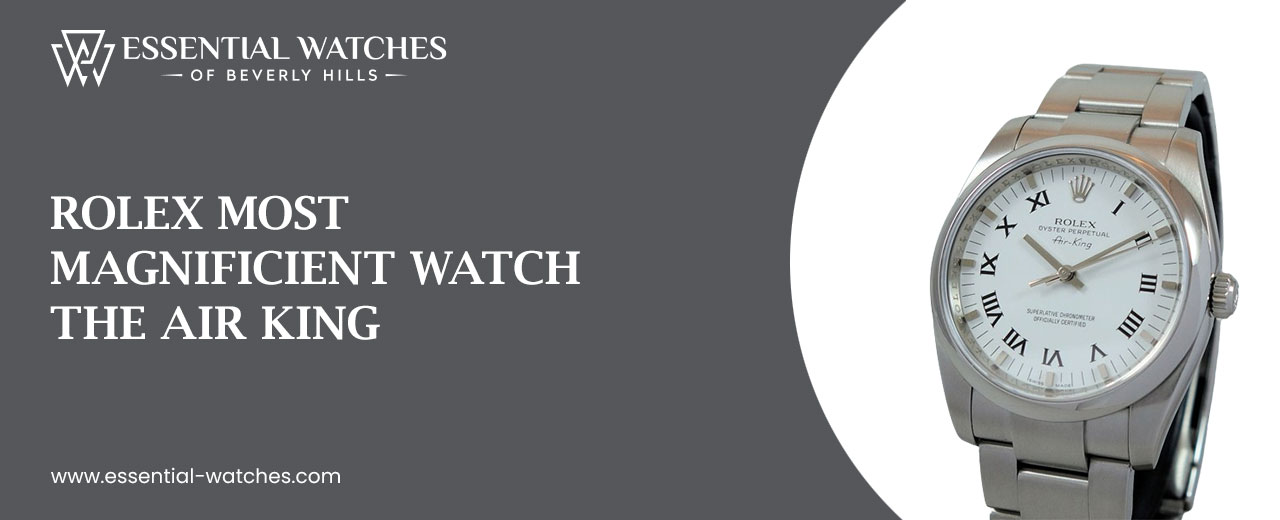



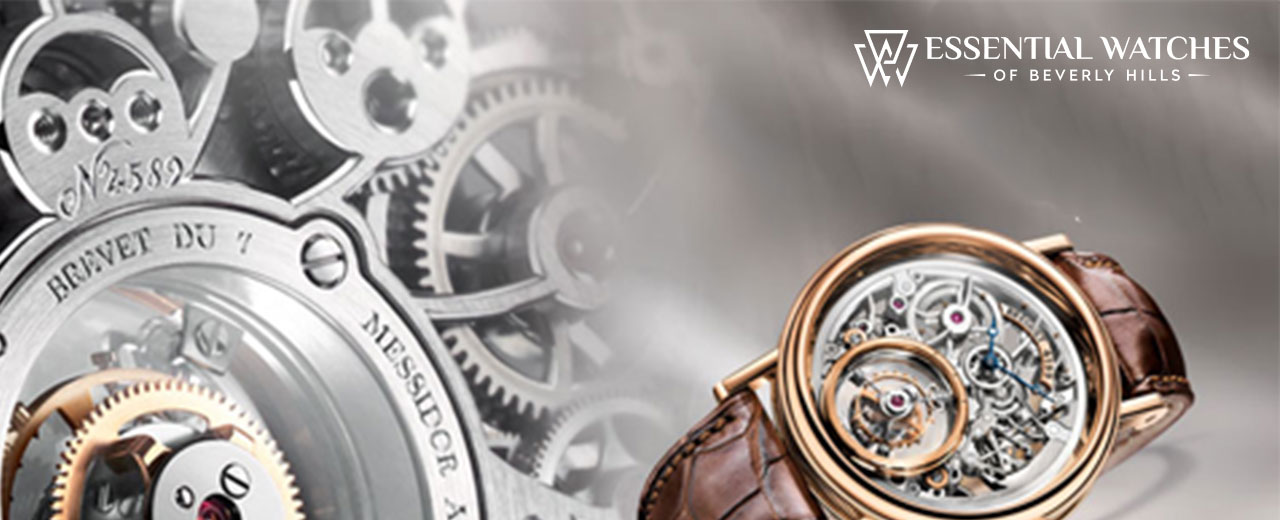

1 Comments